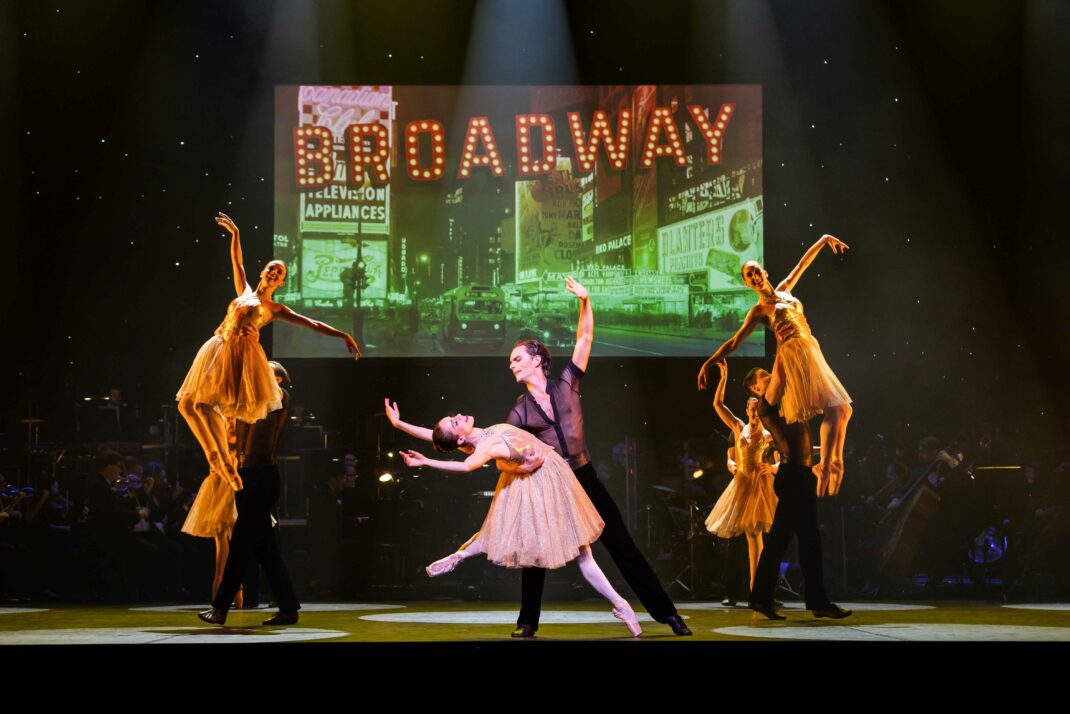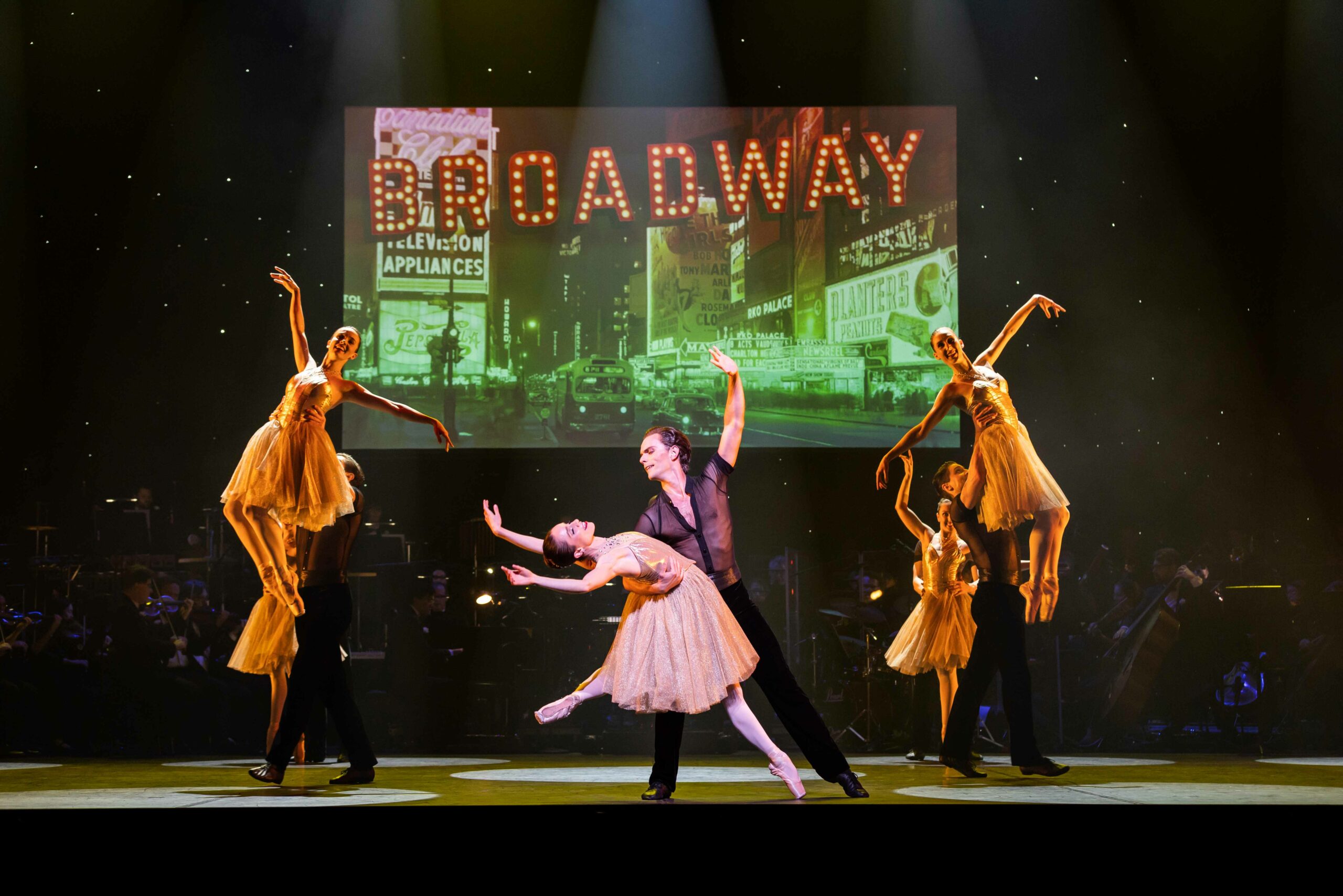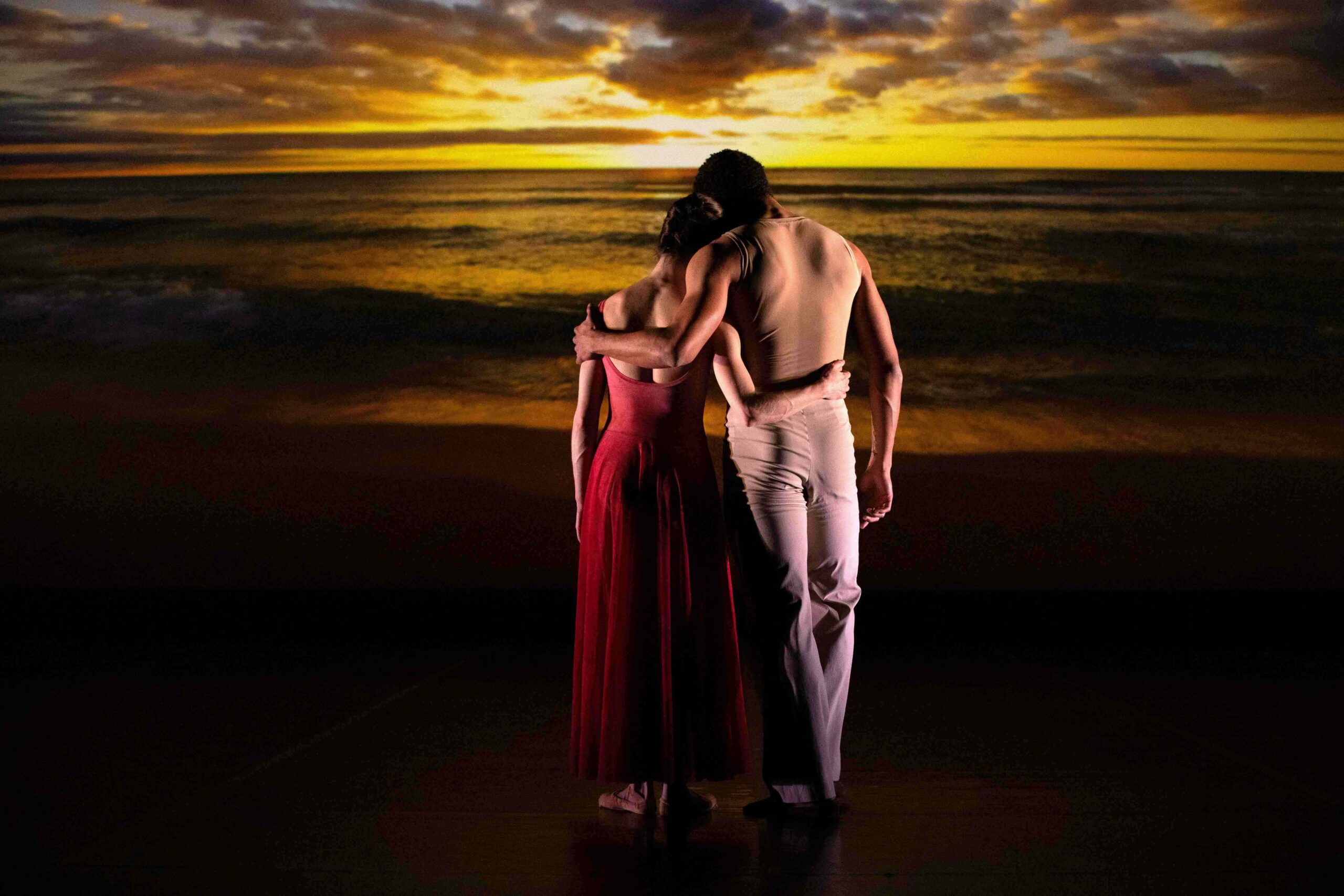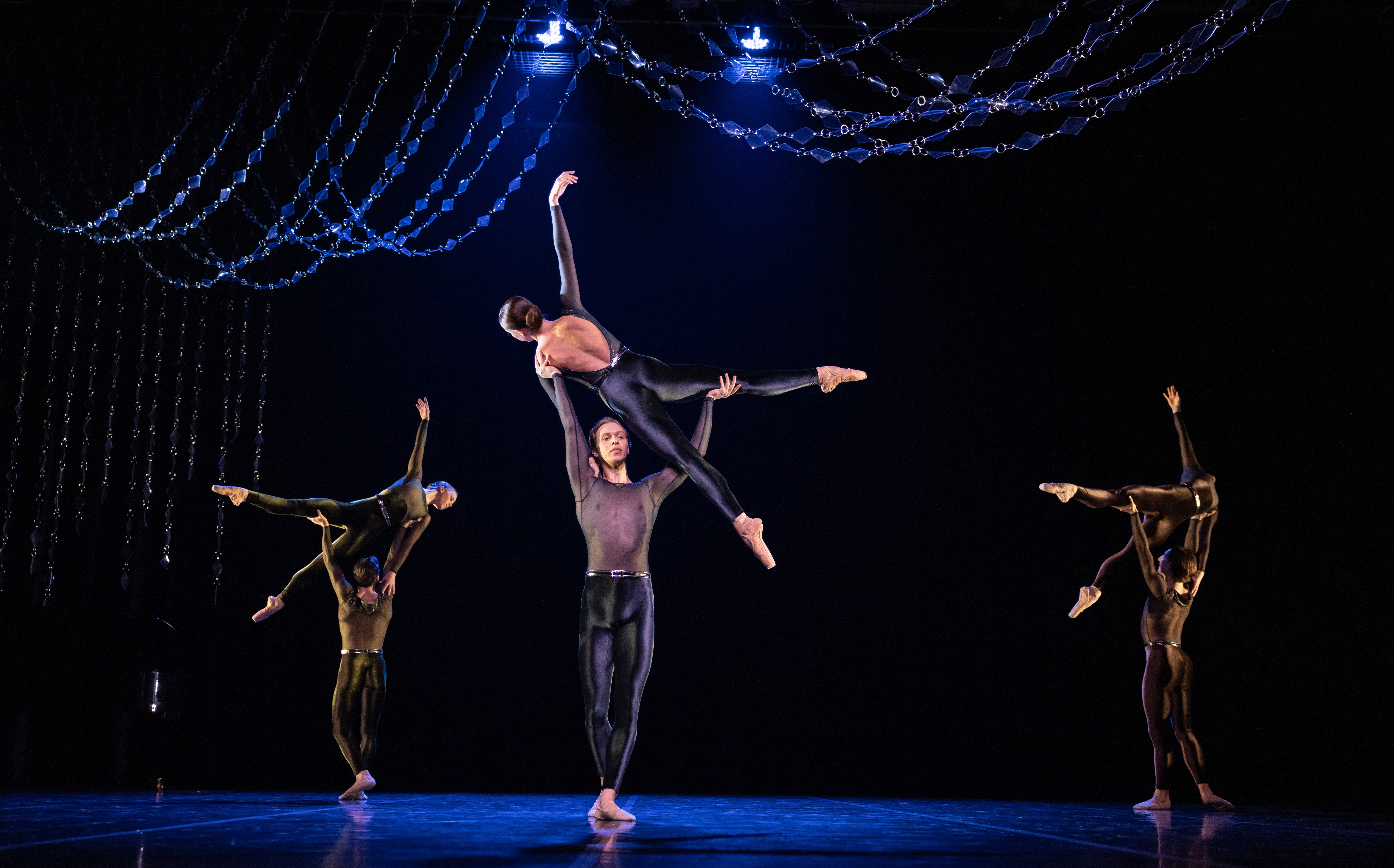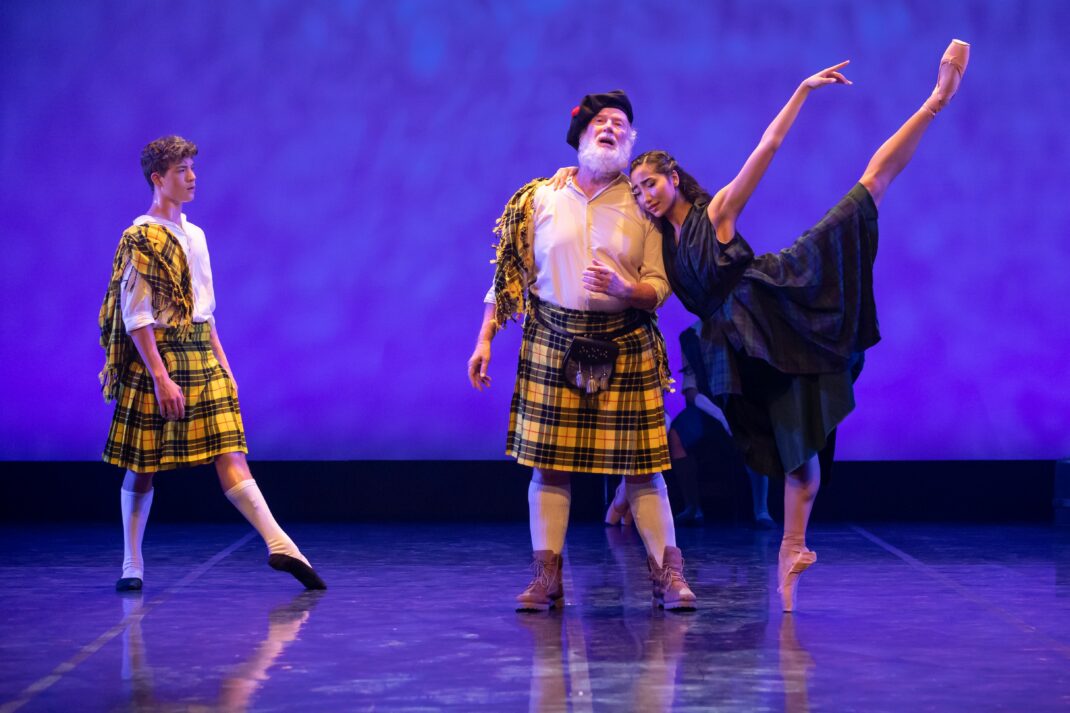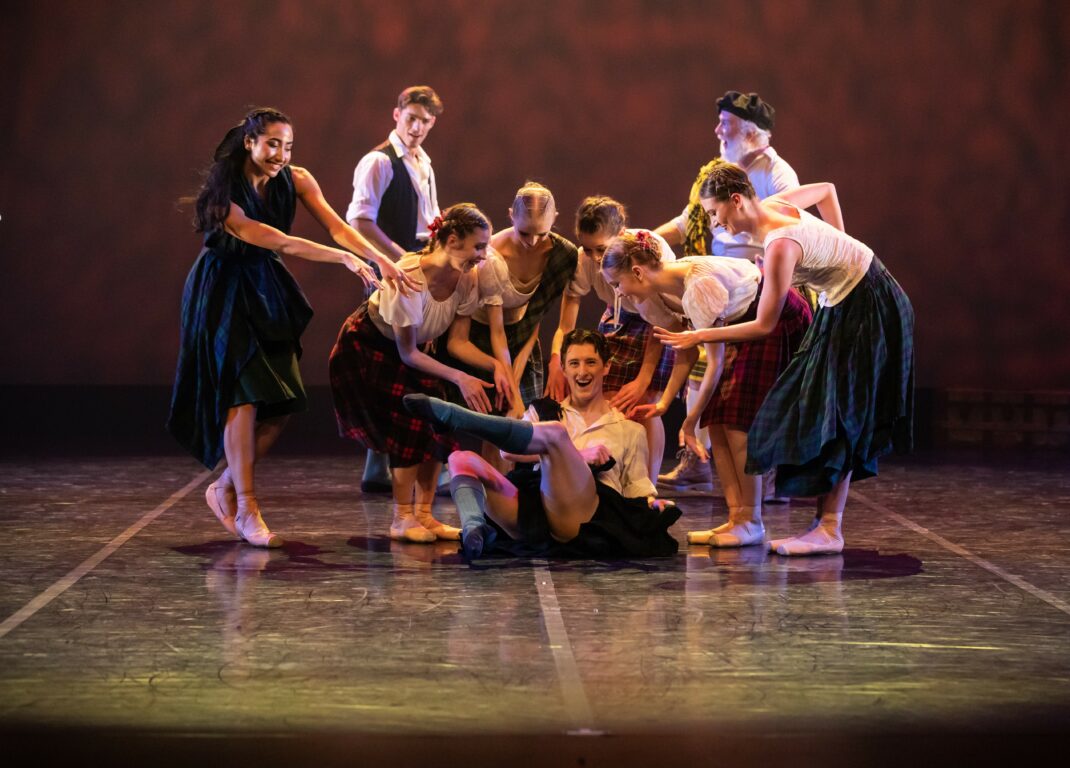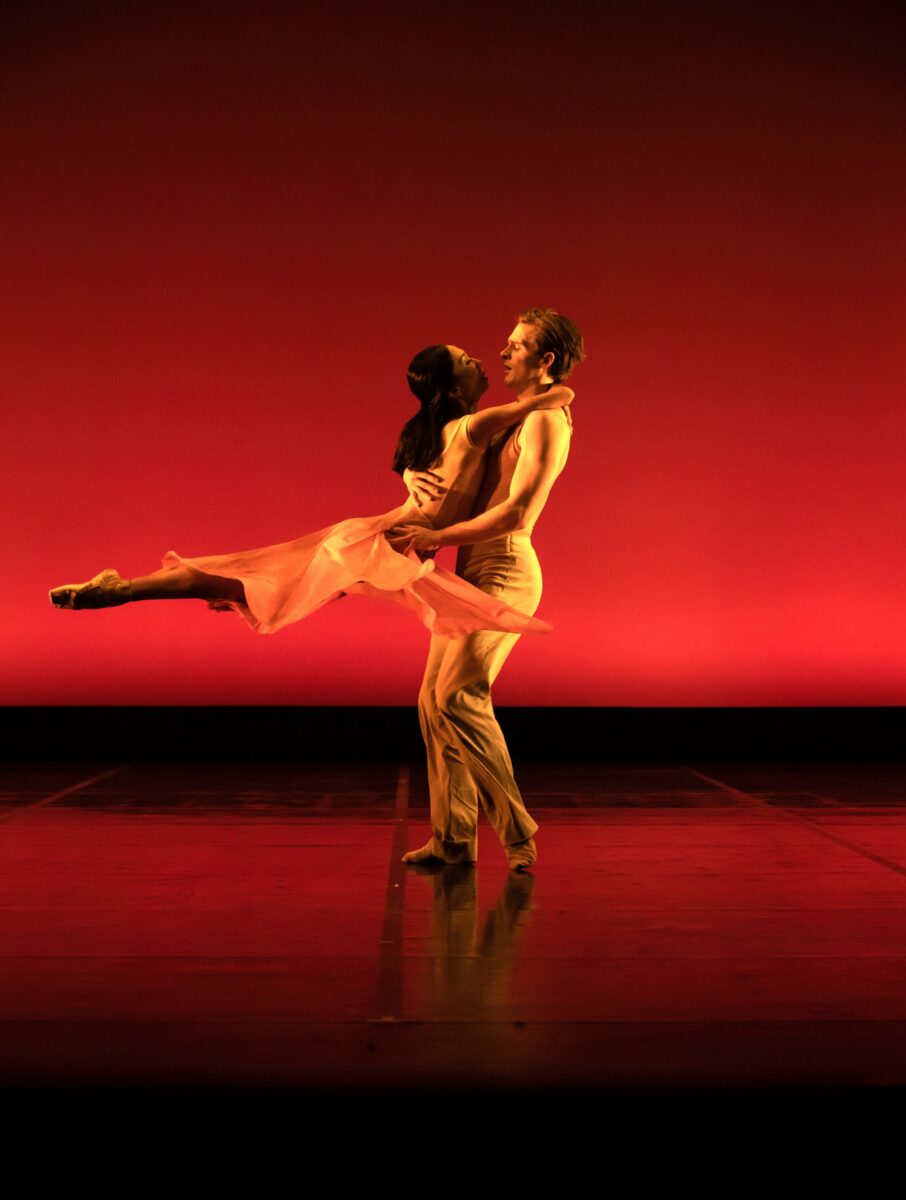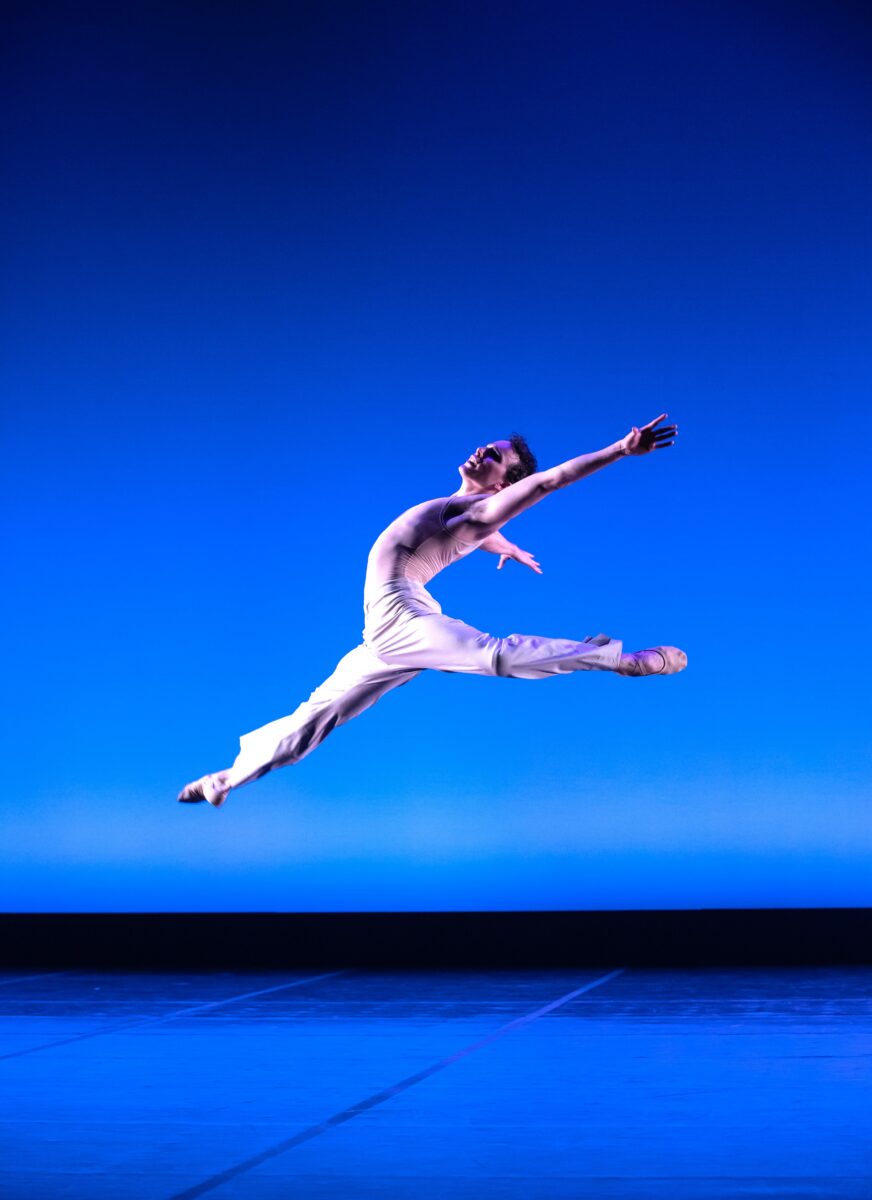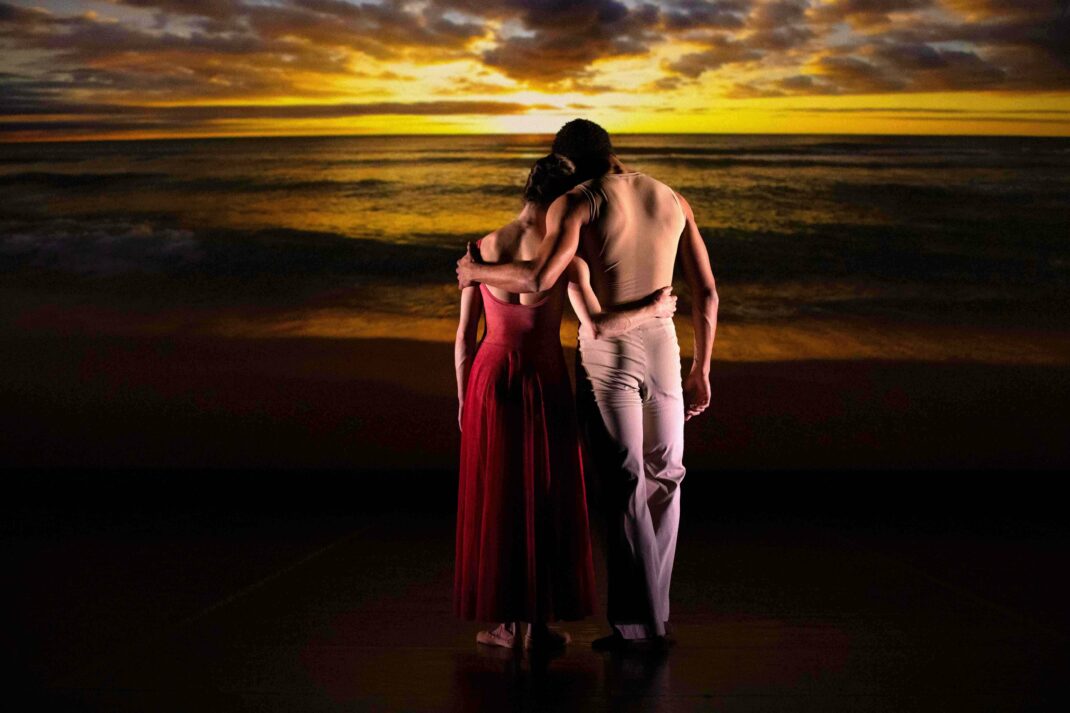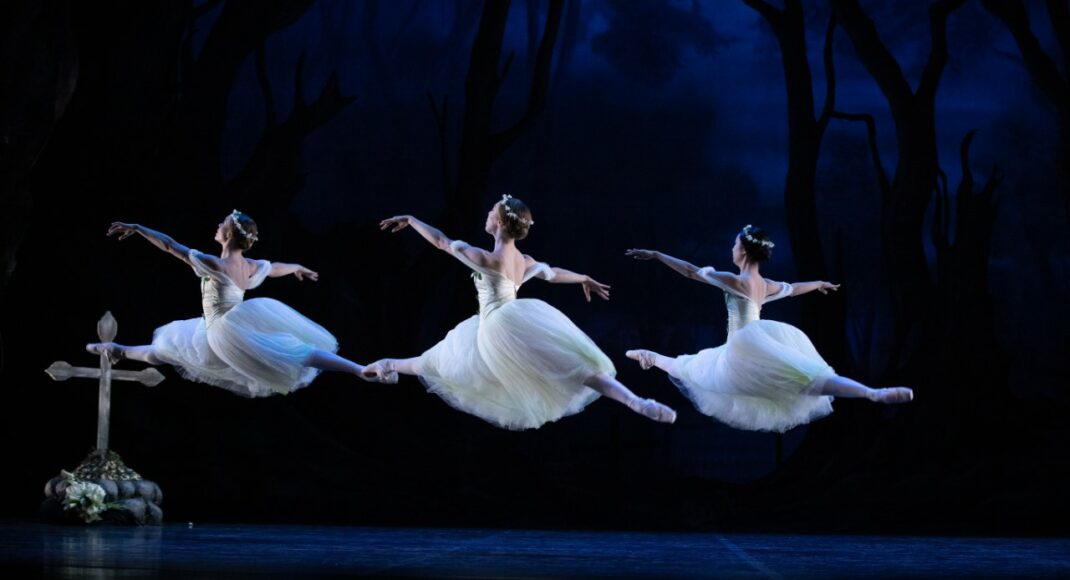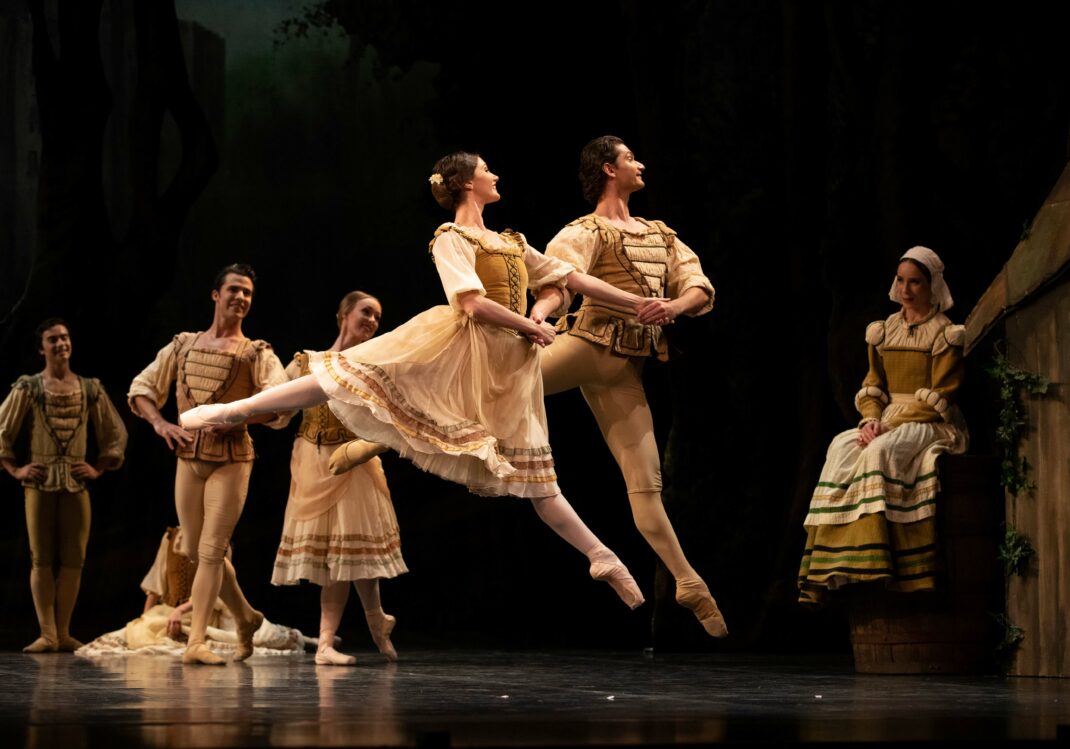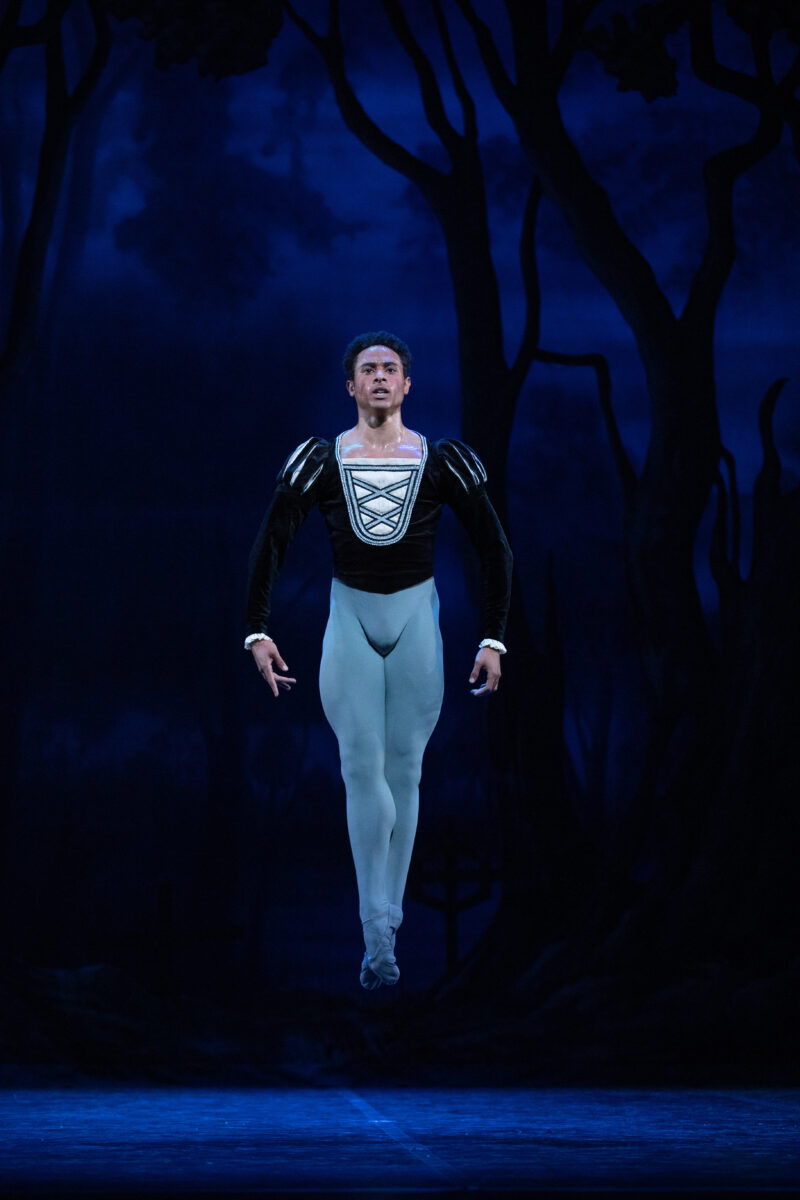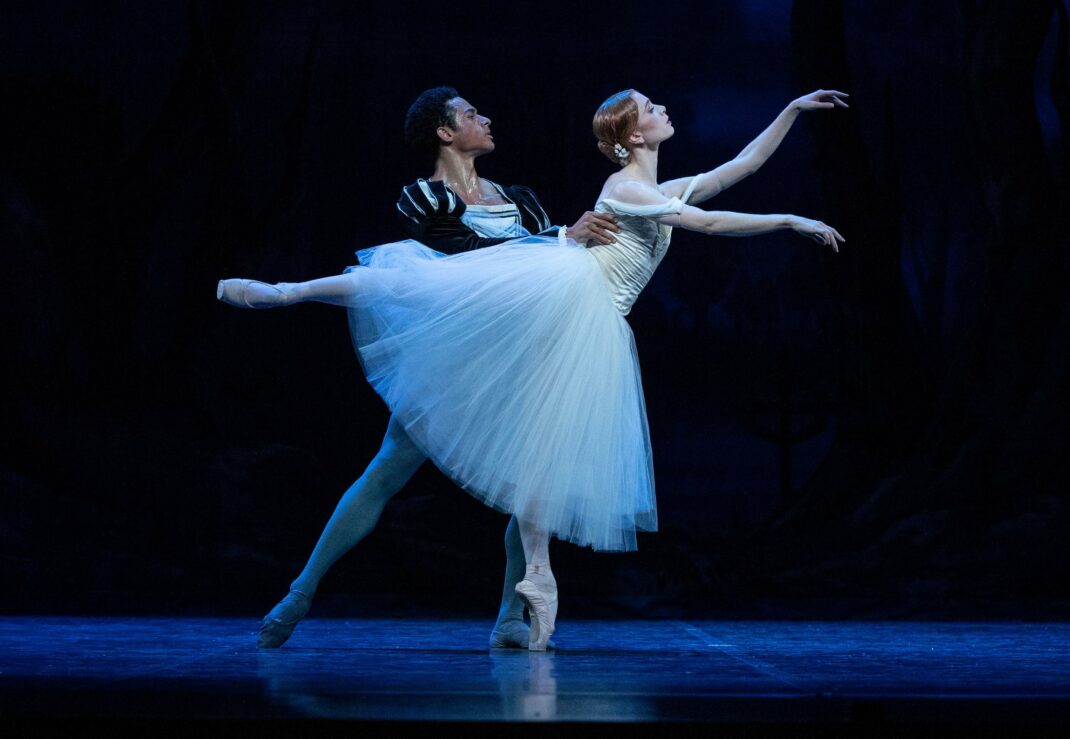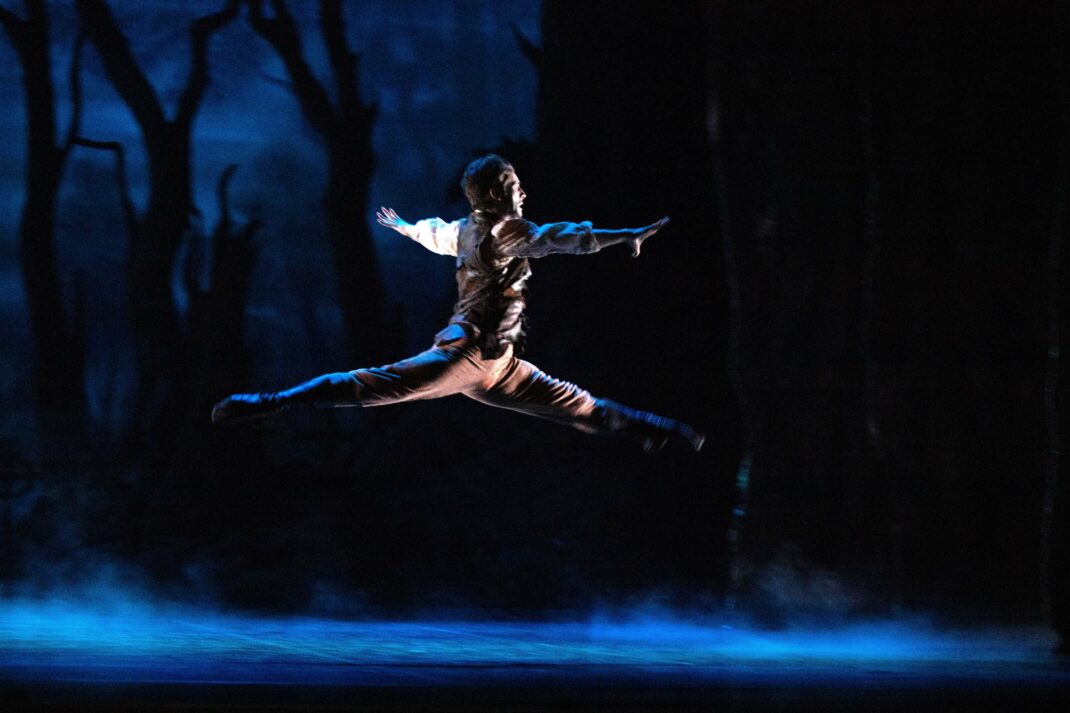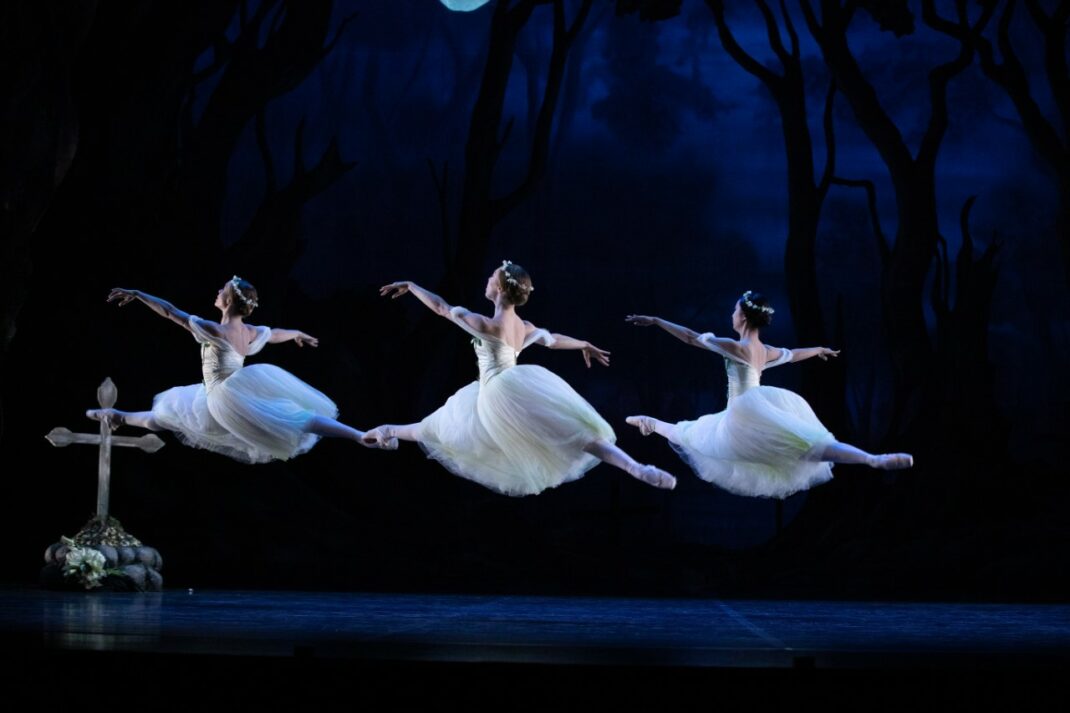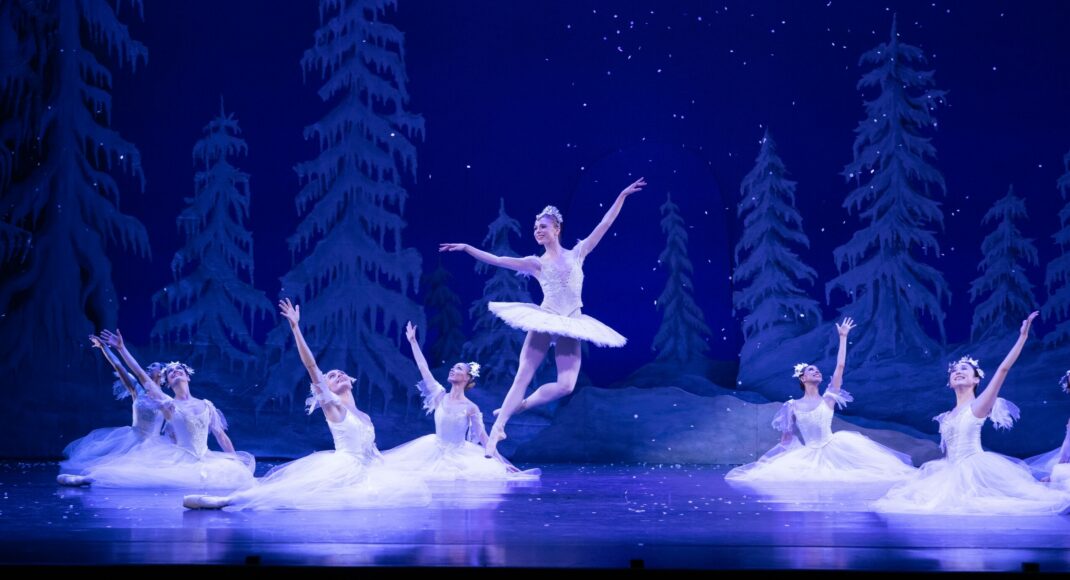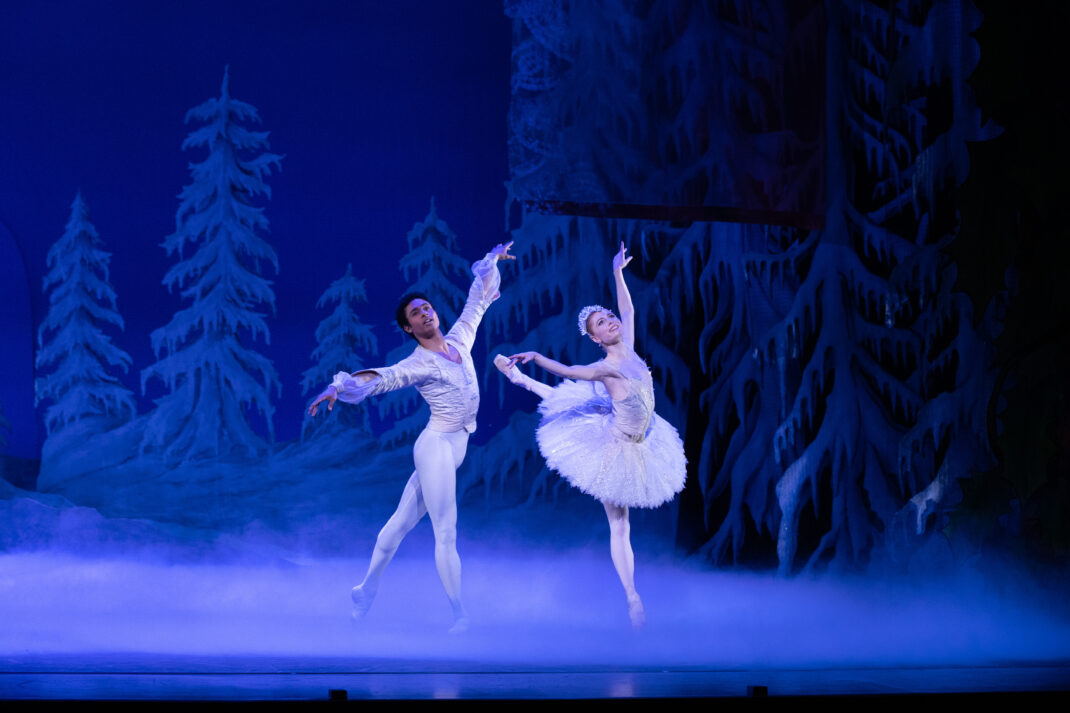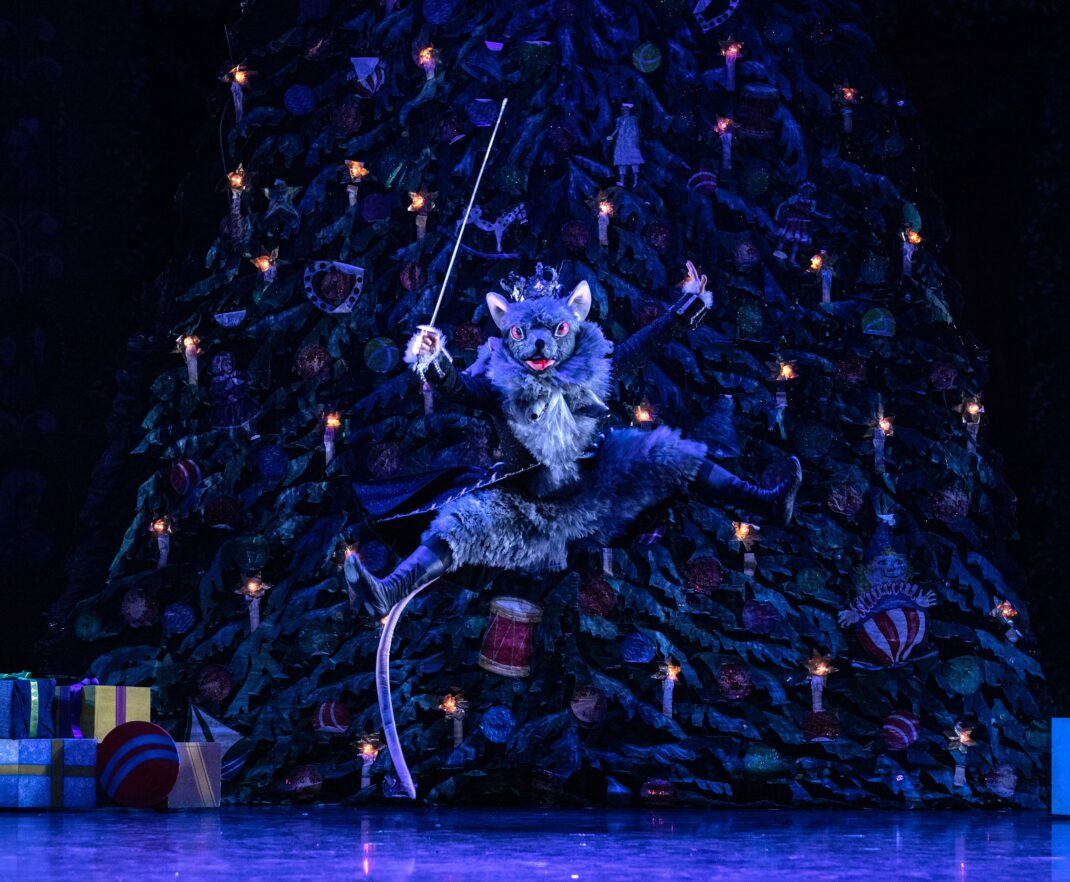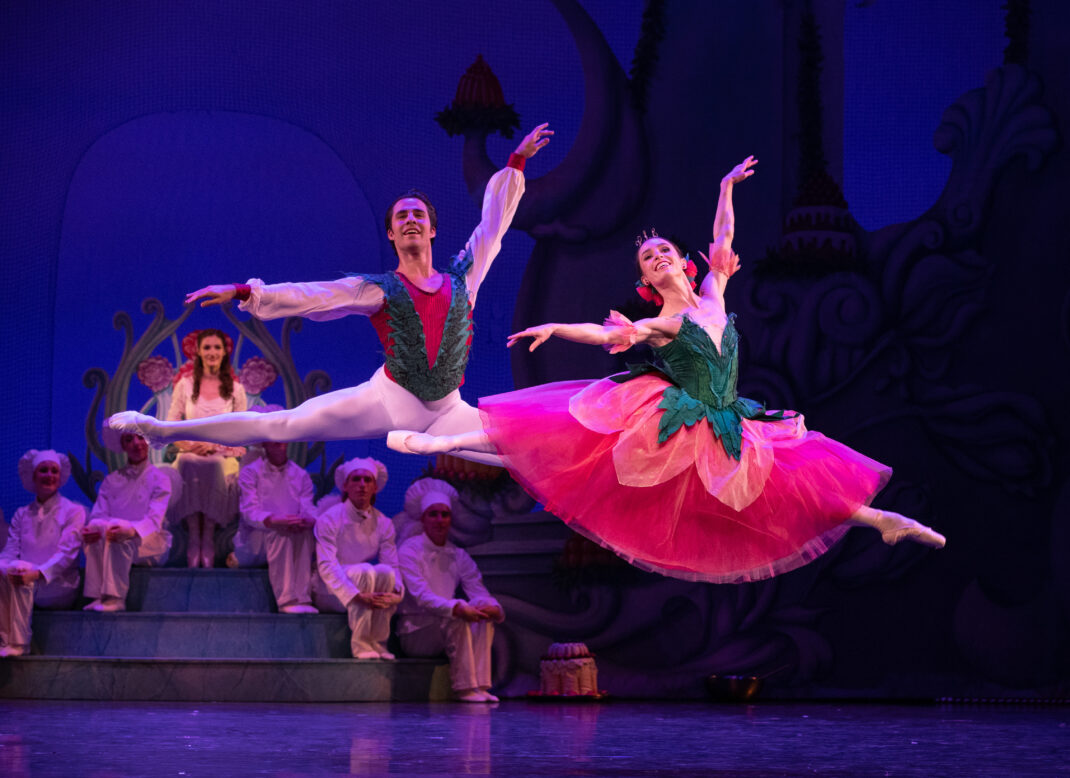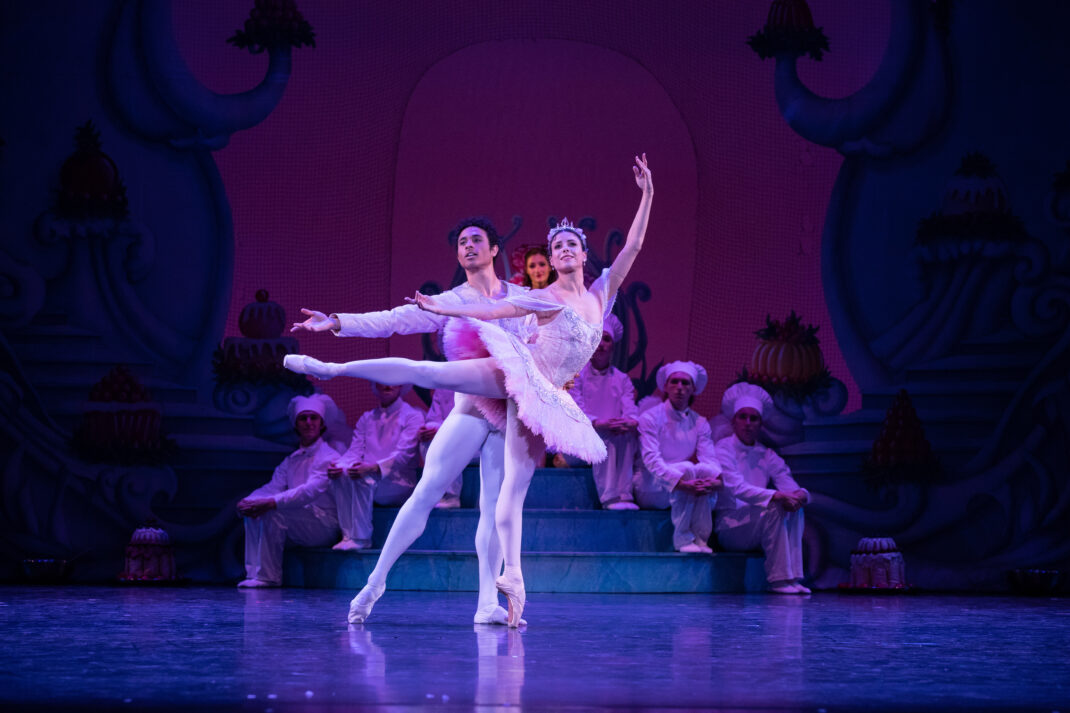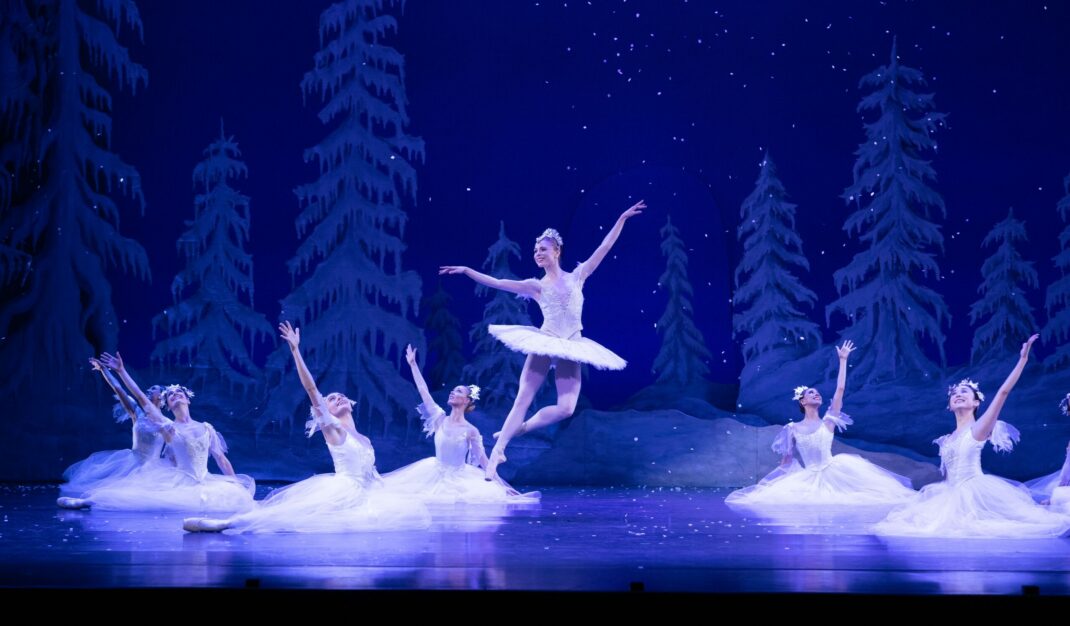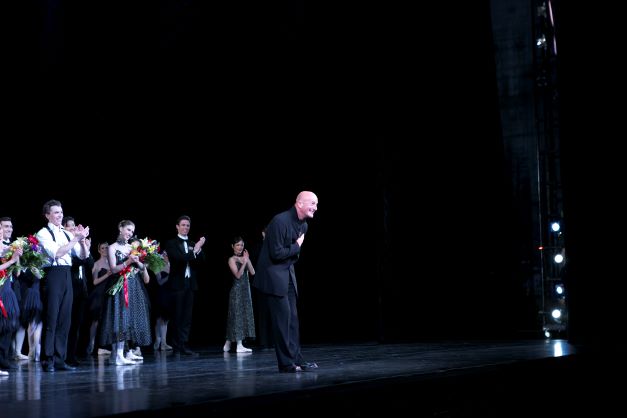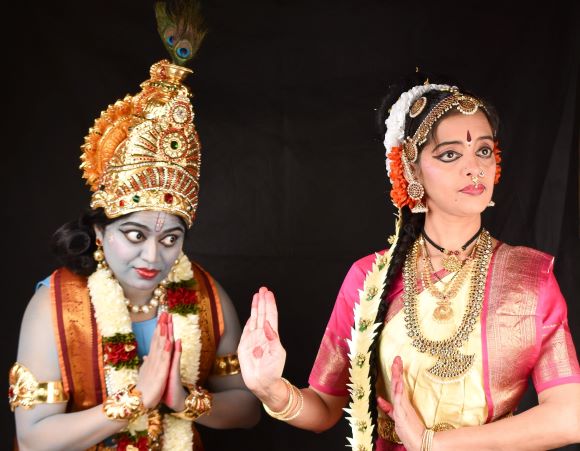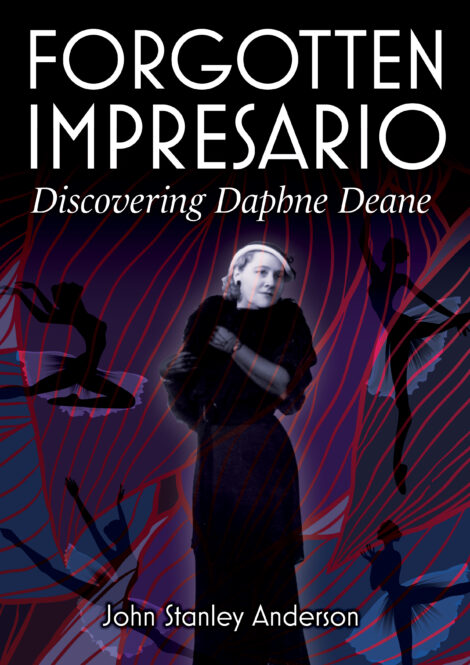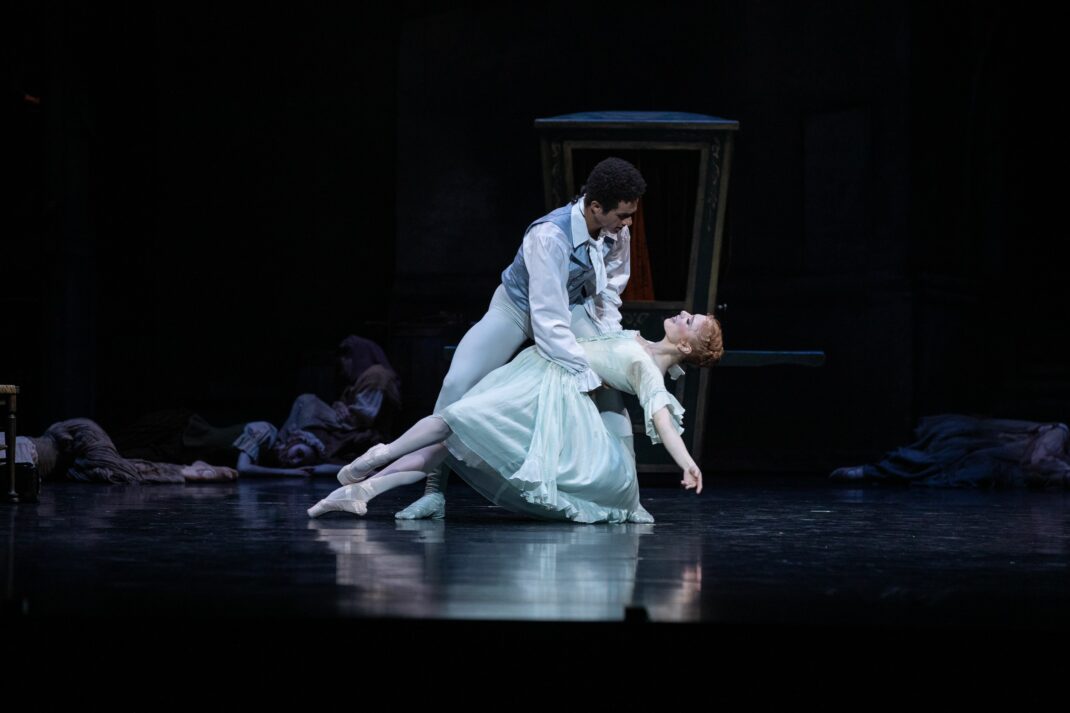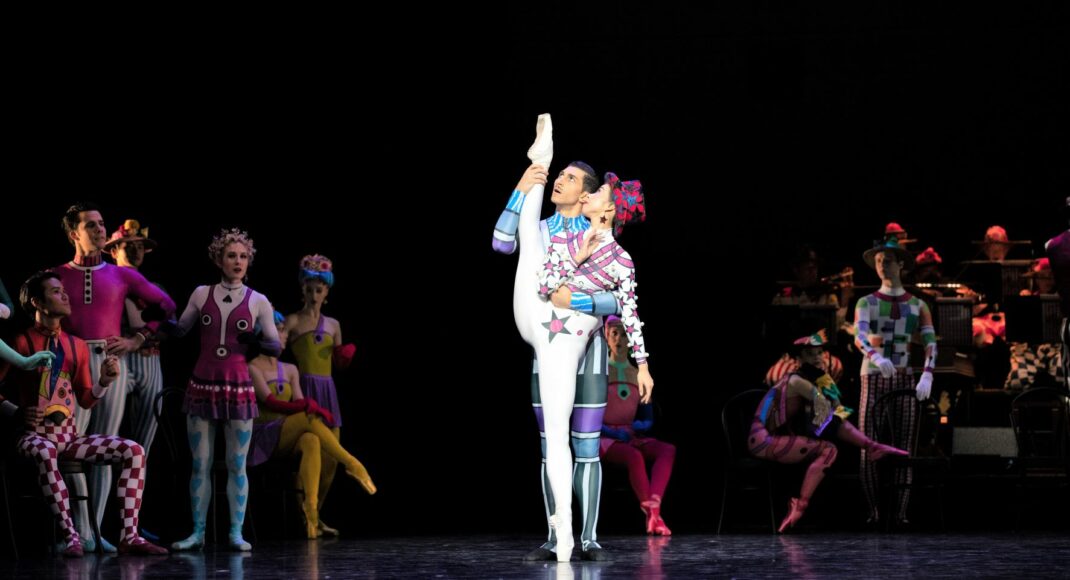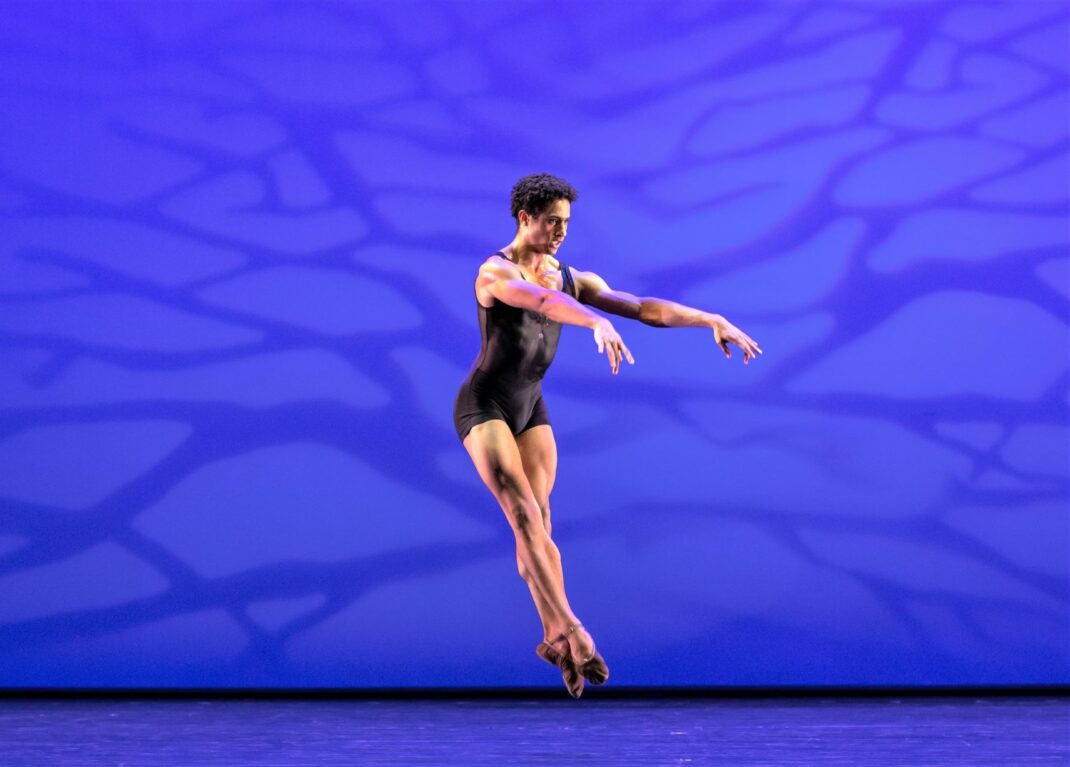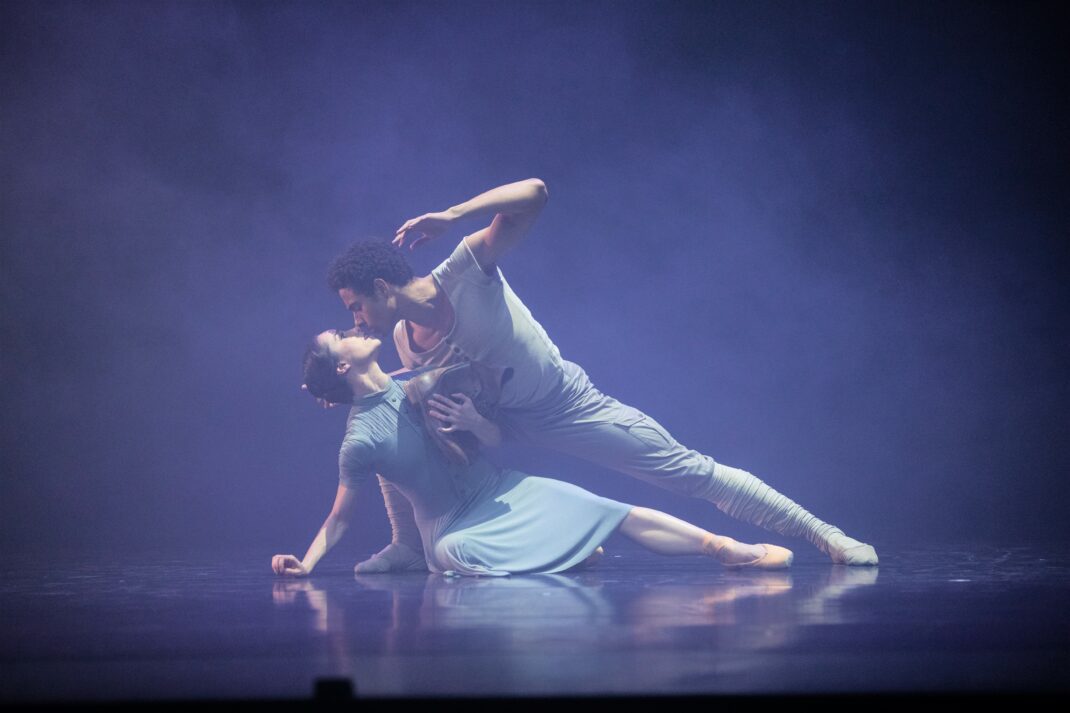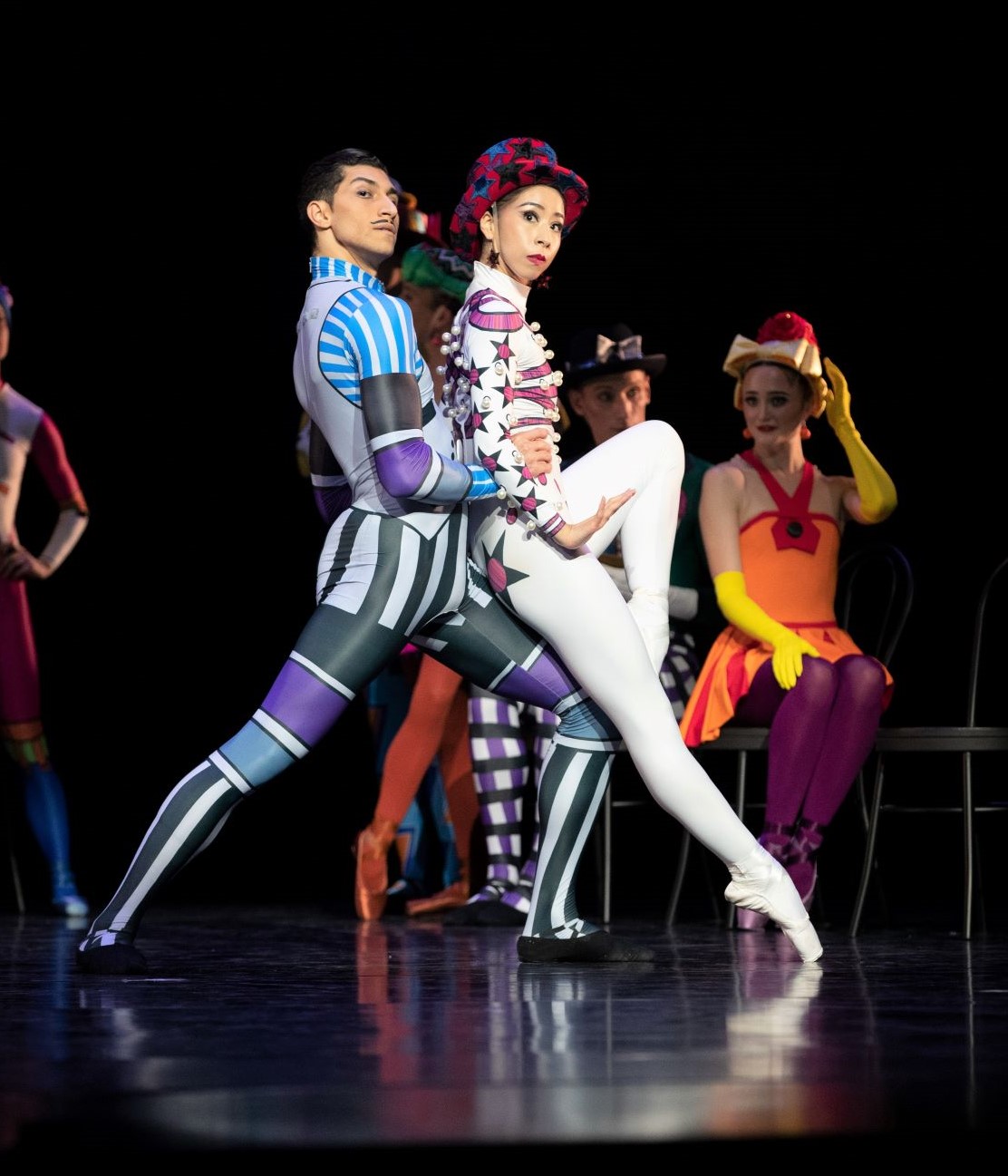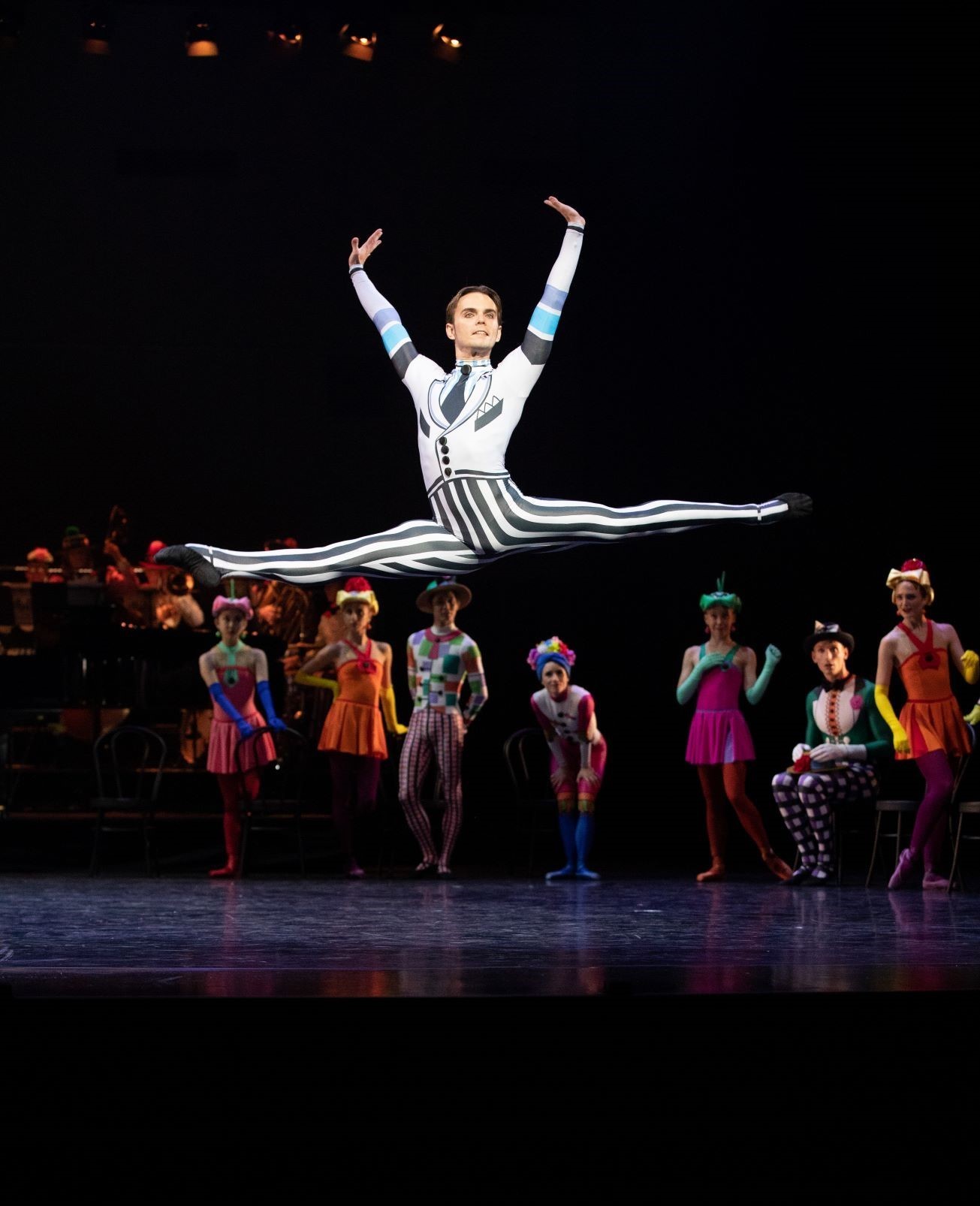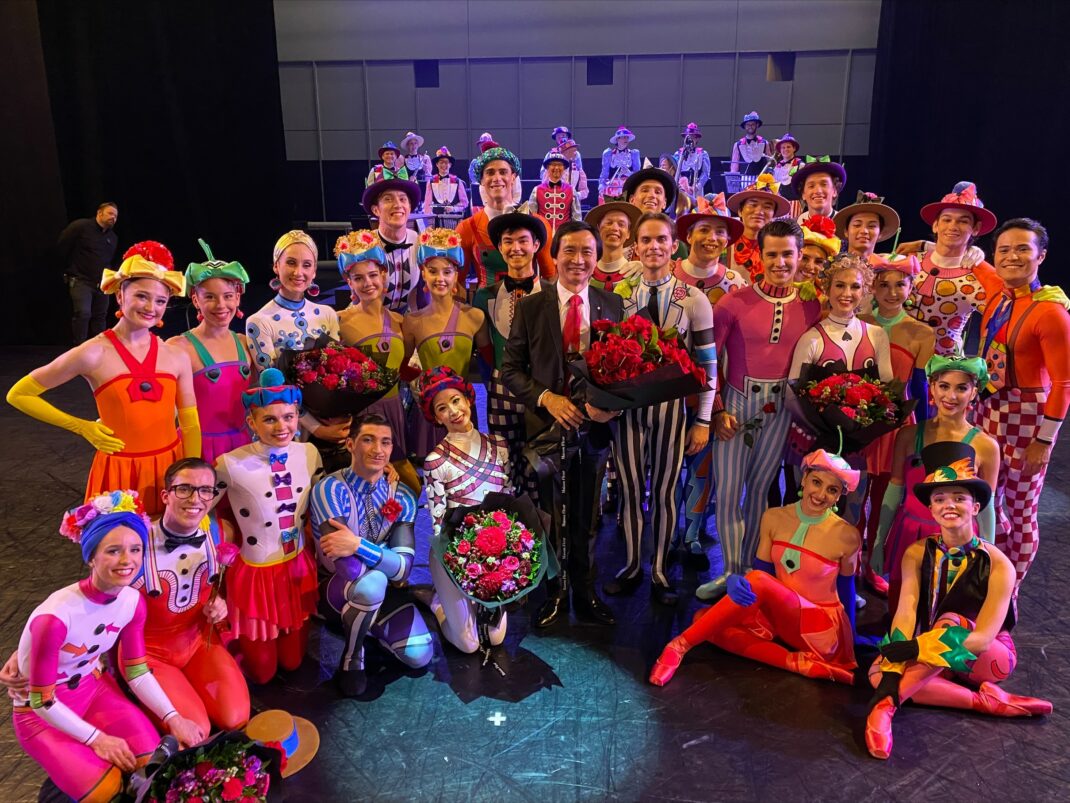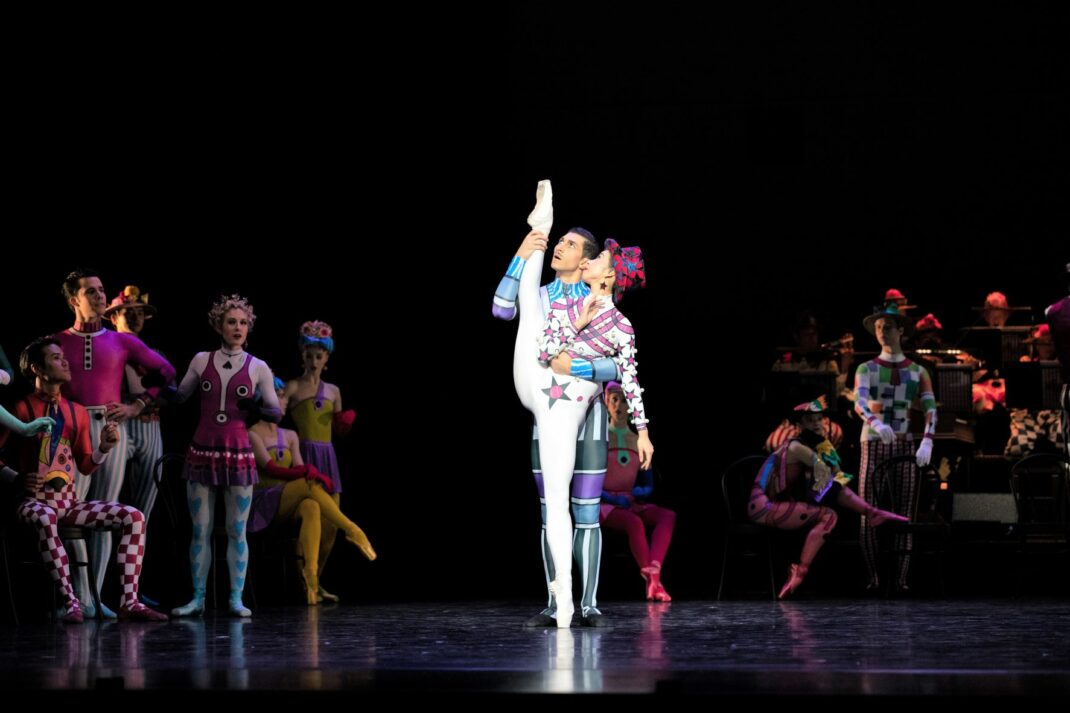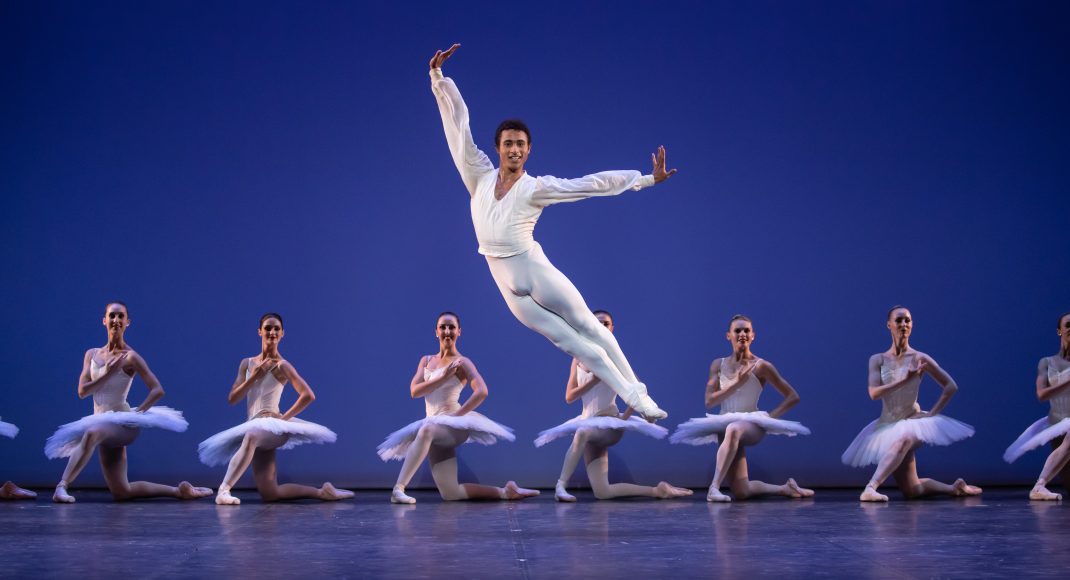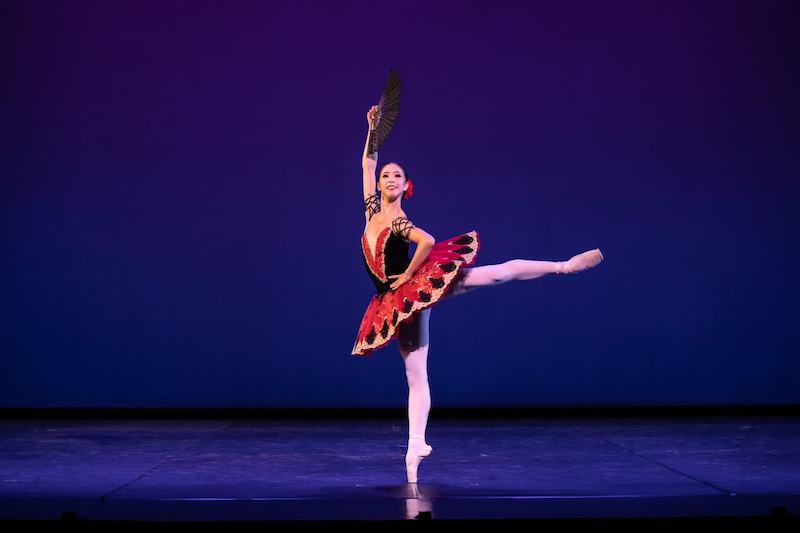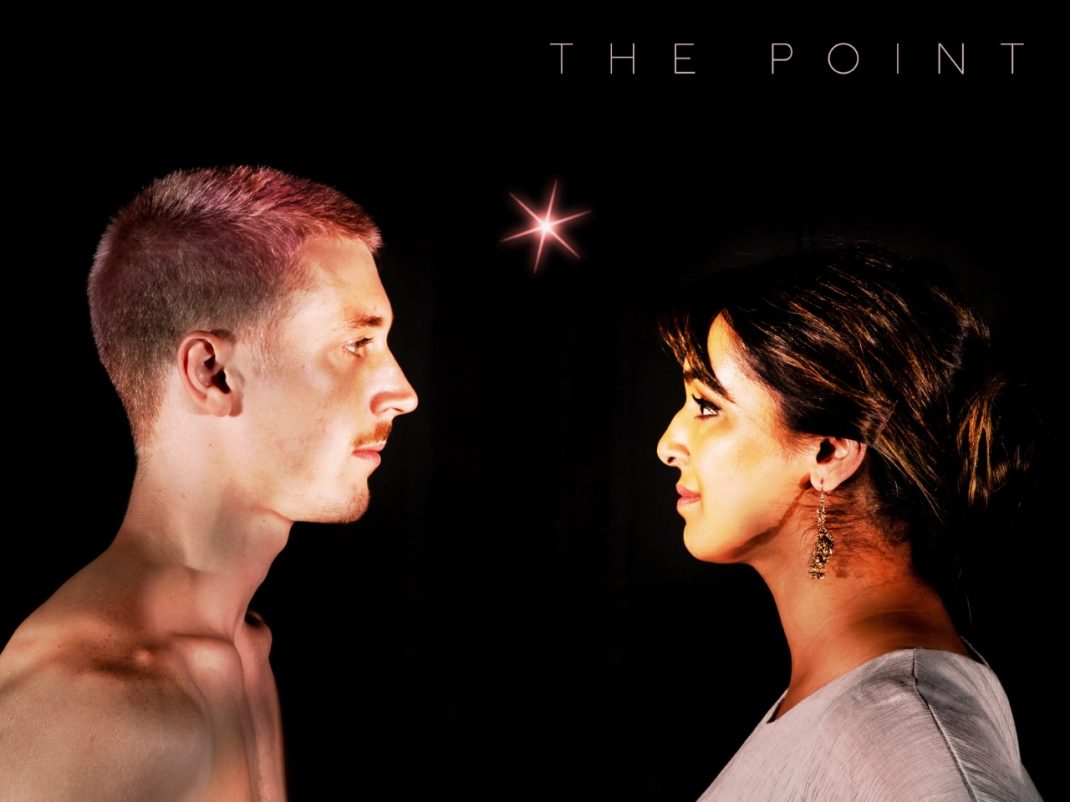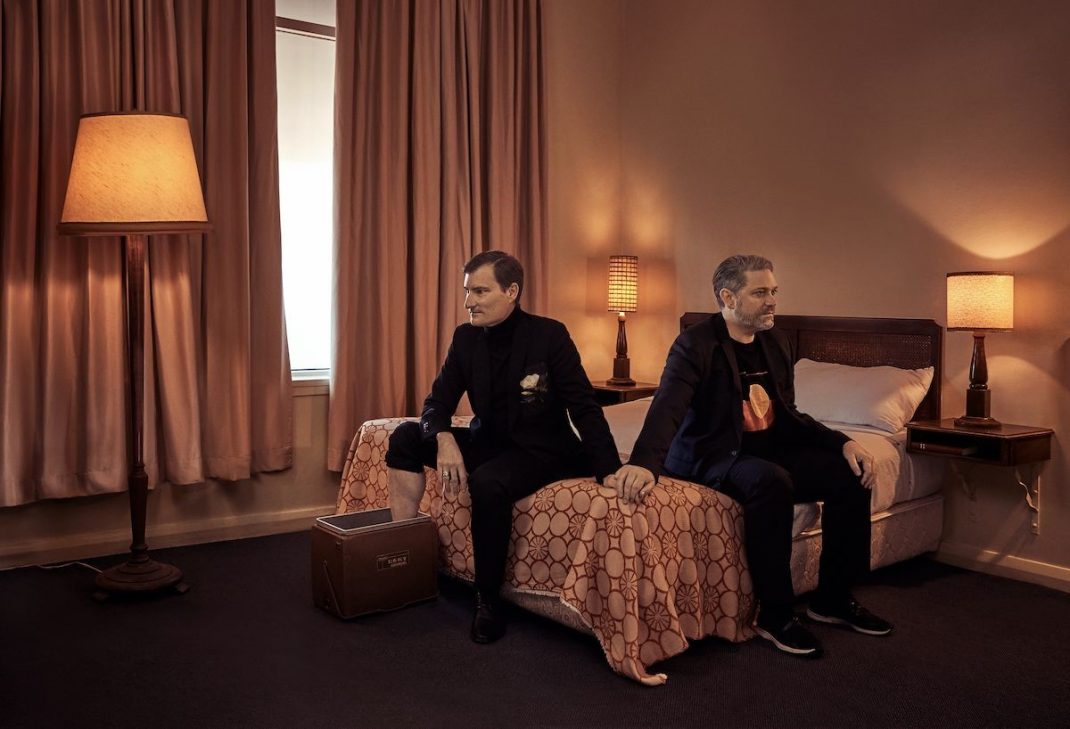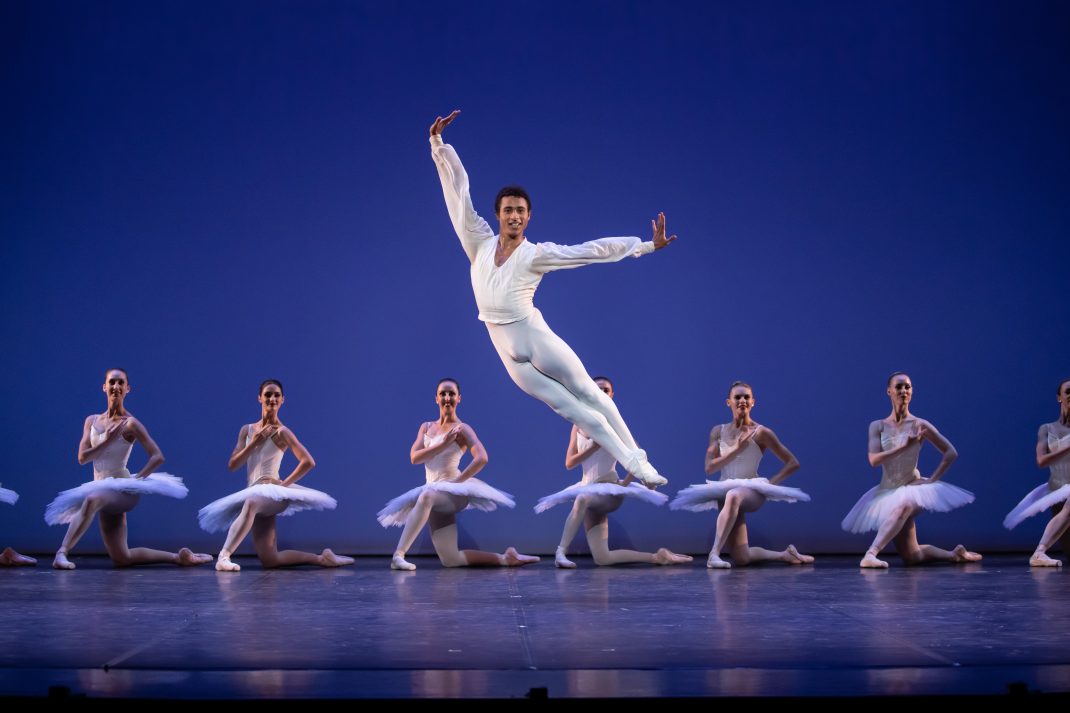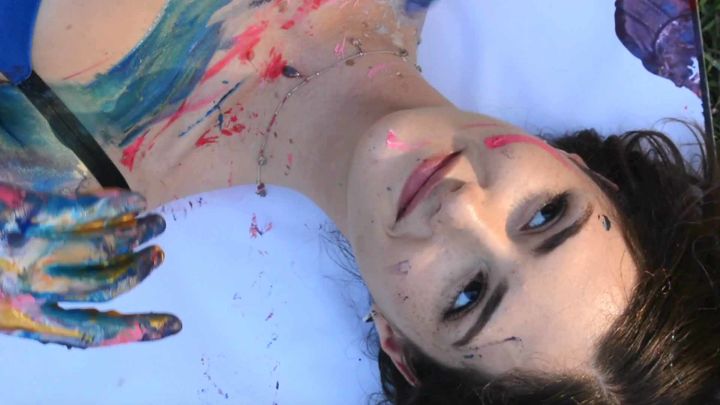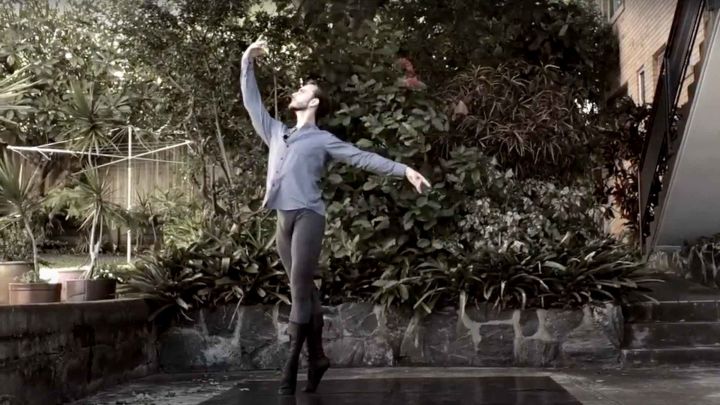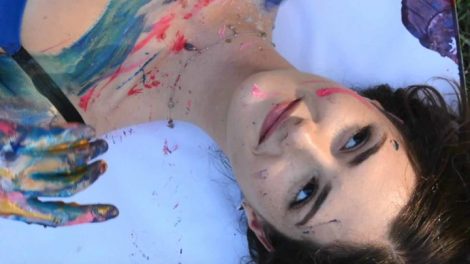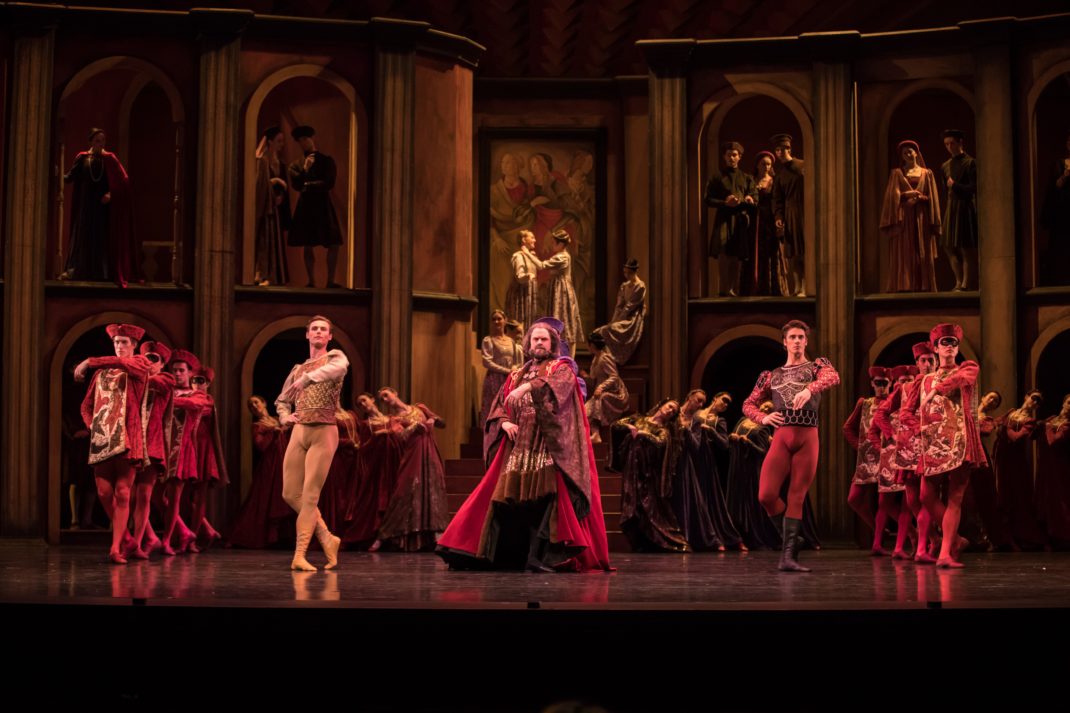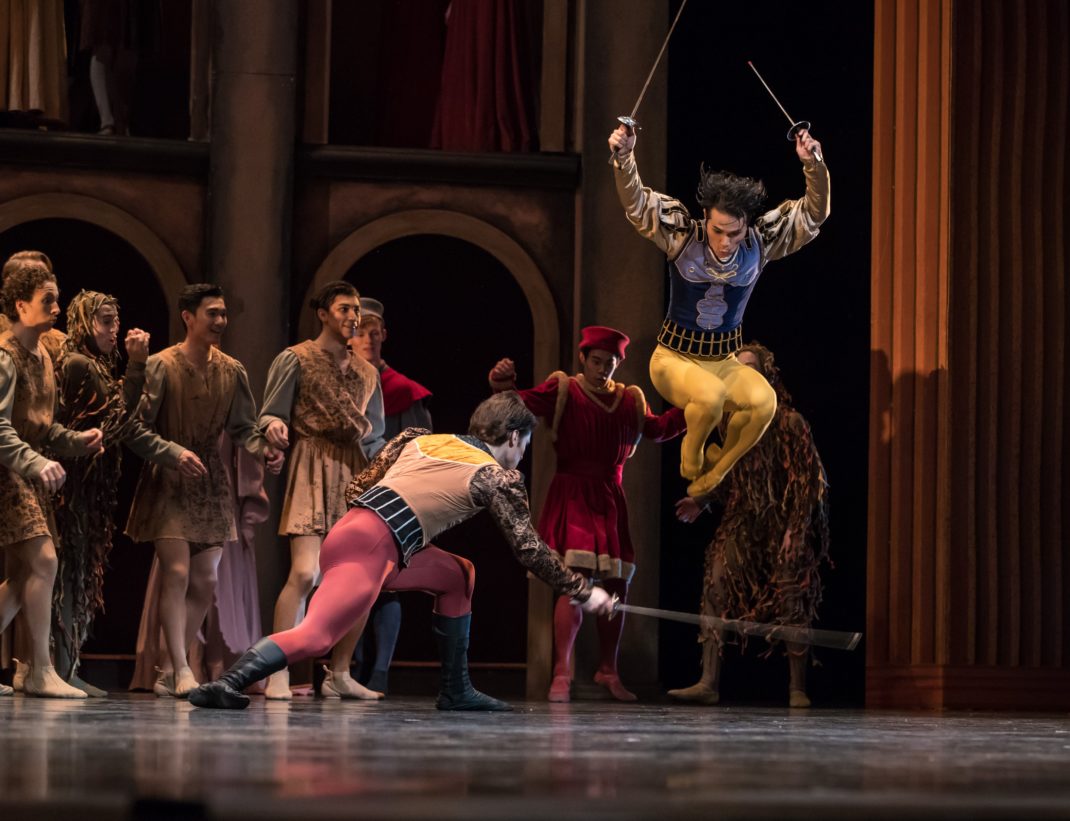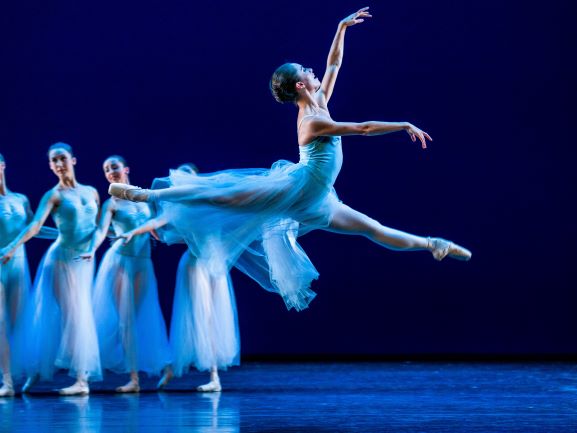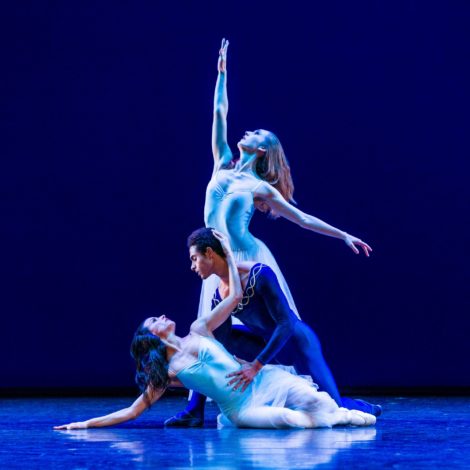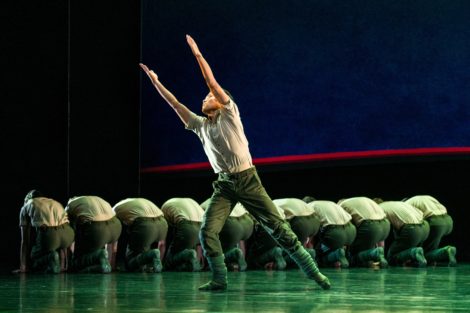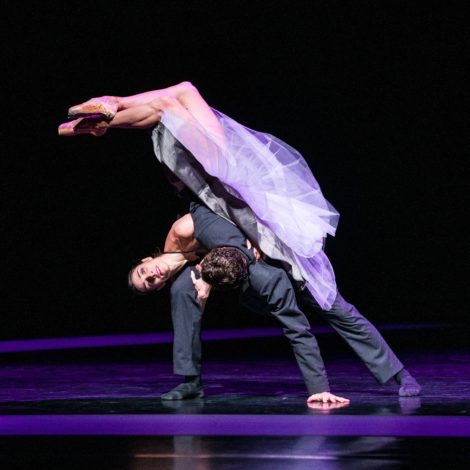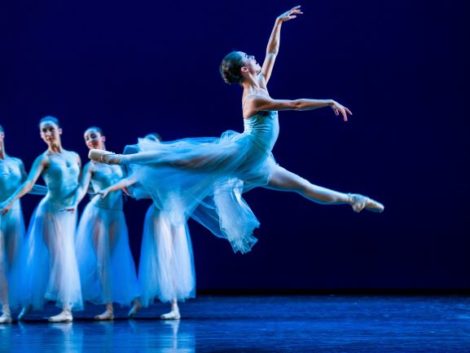28 September 2023. Lyric Theatre, Queensland Performing Arts Centre, Brisbane
Absolutely stunning!
From the brilliant performances by the dancers—in ballet, tap, ballroom and other forms—to the exciting and emotionally moving sound of the orchestra and singers (all onstage); from the lighting that made the whole look as if being performed within a second proscenium, to the background screen featuring assorted references to the Gershwin era, Strictly Gershwin was probably the most thrillingly presented and spectacularly performed show I have seen this year
Choreographed by Derek Deane in 2008 for English National Ballet and first presented by Queensland Ballet in 2016, Strictly Gershwin pays tribute to brothers George and Ira Gershwin and their contribution to the ‘big band’ era of the 1930s. In his program notes Deane remarks on the pleasure he experienced in being able to create the work: ‘I was free from the restrictions of the purely classical ballets and was able to experiment more choreographically with all the different dance styles in the production.’ And it is partly this diversity of dance styles that makes the production so fascinating.
Deane does, however, admit to including ‘two complete small ballets’ in the total show, one of which, Rhapsody in Blue, provided two highlights for me. Rhapsody in Blue opened part two of the production, ‘Gershwin in Hollywood’. Rhapsody was made for three couples and a corps de ballet and I was especially impressed with the women in the corps whose beautifully held upper bodies, tilted back slightly when they were in a kneeling position, and their ability to dance almost perfectly together, was outstanding. But the absolute standout dancer was the leading male dancer in Rhapsody, Patricio Revé. He partnered Neneka Yoshida and, whether in his partnering or in his solo work, he was absolutely committed to making every move full of meaning and emotion. The variety of his physical and facial expressions throughout was exceptional and it was hard to take my eyes off him.
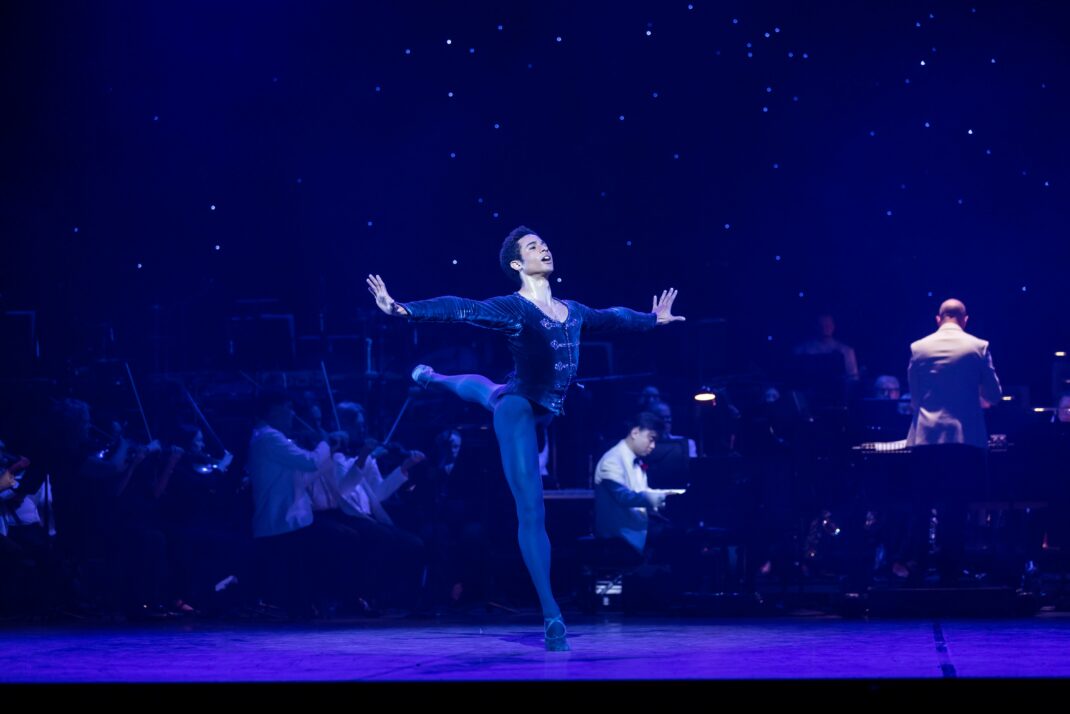
But of course there were many other highlights. The two tap dancers, Kris Kerr and Bill Simpson, who also appeared with Queensland Ballet in 2016, were as amazing as ever and their performance with Rachael Walsh and ten other dancers in Oh, Lady be Good was another highlight.
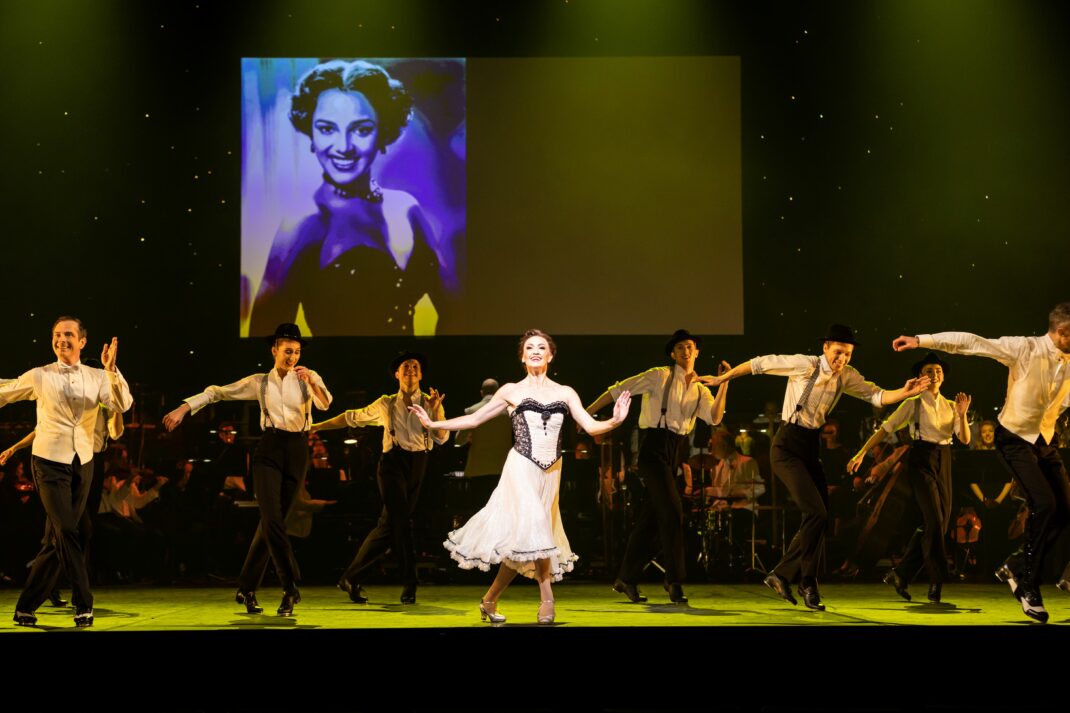
I have to mention, too, Lina Kim and Rian Thompson who danced so well together in Someone to Watch Over Me (as they also did in 2016). Their lyricism throughout and the beautiful lifts they performed, unexpectedly different from what we might be used to seeing, made watching them such a pleasure and, with the added singing of Nina Korbe standing at the side of the stage, it was a special collaborative section.
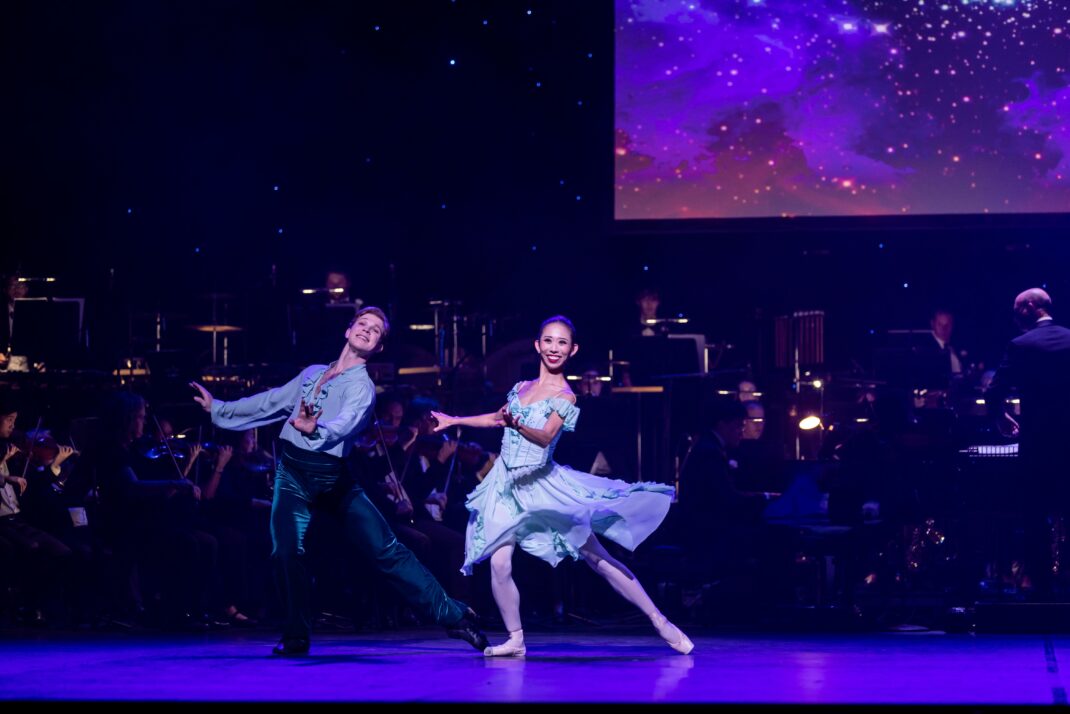
So many other special moments: Mia Heathcote throughout, Georgia Swan and Vito Bernasconi in Shall We Dance?, Yanela Piñera and Camilo Ramos (also from the 2016 cast) in the sexy It Ain’t Necessarily So, and so many others…
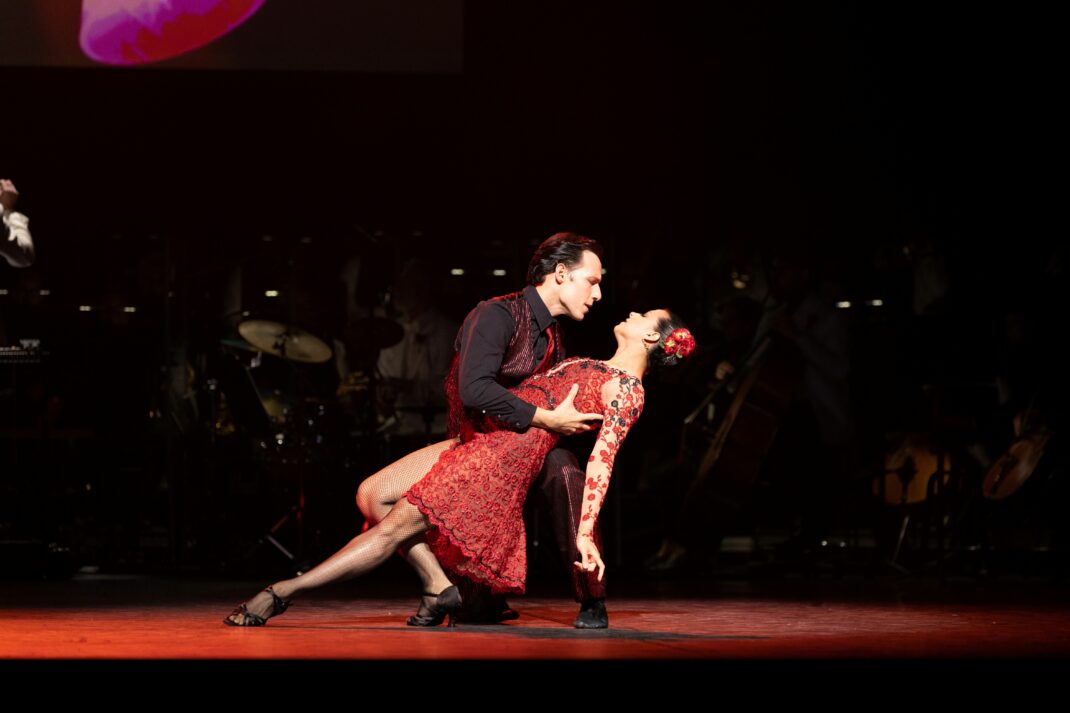
The music for Strictly Gershwin was played by Queensland Symphony Orchestra with a solo piano section in Rhapsody in Blue from guest artist Daniel Le. The costumes, every one of which was eye-catching to put it mildly, were by Roberta Guidi di Bagno and Howard Harrison’s original lighting was revived by Cameron Goerg and Ben Hughes. Then there was the conductor, Michael England, who often danced along himself (while still conducting). What a show! How lucky we were to be able to see it again!
Michelle Potter, 29 September 2023
Featured image: Lucy Green and Victor Estévez (centre) with Georgia Swan and Vito Bernasconi, and Laura Tosar and Alexander Idaszak in the opening scene from Strictly Ballroom, 2023. Photo: © David Kelly
